story by Emily Hormann | photography fair use
The lights of the cafeteria are bright, illuminating the hungry yet eager ninth-grade students as they shuffle their way into the cafeteria of the East freshman campus at the sound of the lunch bell. Many rush to find their usual seats, their sneakers squeaking as they race their buddies to the table. There are others, however, who stop and notice a new table set-up near the trophy case.
Large words jump out at East freshman Madison LeQuire when her eyes, widened in curiosity, scan the trifold placed on the table. A brunette peering from behind the sign gives a contagious smile, holding up both of her wrists with three strings of different colors: a blue and an orange on her right and a green on her left. This is no accident or choice of dress; it is a silent advocacy movement.
Each color of yarn that East freshman Olivia Marshall offers, represents a different condition prominent in adolescents today, based on either the conditions awareness color or a color commonly associated with it. According to Marshall, the color blue in her campaign represents anxiety, green represents depression, and orange represents attention-deficit hyperactivity disorder (ADHD).
“You wear it around your wrist and people will ask you about it, and that’s how you share your story,” Marshall says. “If you see someone else with a string, you know you’re not alone, and you know there’s someone else in your community, at your school, or at work that goes through what you go through.”
LeQuire is one of the many students at East who are proud to wear all the string colors offered by Marshall.
“I just [want] my peers to know that I am there for them if they’re having issues or are in need of [someone] to talk to,” LeQuire says.
About a month before LeQuire and the rest of the freshmen students could see the end product of the long, tedious project, however, the idea was quickly sparked with the assignment of a quarter-long project by Marshall’s Honors English teacher Roxanne Begley.
“For the second quarter [of the school year], our students participate in a Service Learning Project, where they are asked to spend five service hours in either direct service, indirect service, or advocacy,” Begley says. “This is the first time I’ve had a student choose the advocacy route by completely creating [their] own organization.”
Marshall knew the moment the project was assigned to her that she wanted to center her efforts around mental health.
“Mental health, in general, is something very close to my family,” Marshall says. “[My dad] has severe ADHD, and he really struggles to accept himself. I suffer from the attention-deficit disorder (ADD) and anxiety, and I know [what it is like to feel] alienated and like my brain isn’t [the same as] everyone else’s. When I first started developing [noticeable signs], I felt so alone and I didn’t know who to reach out to or how to reach out. That really inspired me.”
Starting out, Marshall decided she wanted to create pins and t-shirts to emulate an organization based in the United Kingdom, hoping to advocate for their message. However, just like a ball of snow grows in size and momentum as it tumbles down a hill, the small idea grew far too large to continue advocating for another establishment: it soon became its own organization.
“She was working tirelessly and seemed so happy to do it,” Begley says. “It was so clear that this project meant so much more to her than the class requirements or the grade.”
According to Begley, Marshall was 100 percent grappled into the idea, and with her teacher as her “springboard” for ideas, she was able to surpass all of Begley’s expectations.
“When you have a mental illness, you can sometimes feel like an outsider and not like [everybody] else,” Marshall says. “The thing is, everybody has a weird quirk that not everyone knows about. We want people to know that we all have a quirk, that we’re all weirdos, and all have these odd things about us.”
According to Marshall, the goal of the organization is to put the quirks that accompany mental illness into a perspective that everyone can understand.
“People with mental illness [shouldn’t be seen as] any different than [anyone] else,” Marshall says.
According to a survey from the National Comorbidity Survey Replication Adolescent Supplement, about half of all adolescents in the United States have a diagnosable mental disorder—a disorder that affects one’s mood, thoughts, and behavior. According to the Mayo Clinic, most mental conditions have treatment options for various symptoms but do not have a cure.
“For teenagers, in particular, it adds another challenge,” local social worker Kimberly Hauser says. “We have different social pressures, and the social piece is a big [part of teenage life]. ‘Do I feel included? Do I feel excluded? Am I being bullied? How do I feel about myself based on the input I am getting from everybody else?’”
There are many students at East who believe that mental health is private and should not be widely talked about, while others, including Marshall, disagree.
”Mental health should not be an awkward conversation,” Marshall says. “That’s the reason I created the campaign.”
Stigma and prejudice for mental health can make those diagnosed feel invalidated, and many existing organizations on the topic believe openly discussing one’s mental health is the best way to eliminate the issue.
“But no conversations are starting,” Marshall says, “That’s where the idea of the string came in.”
In association with the yarn strings, Marshall created a website, with the help of her father John Marshall, through the web-creator Squarespace and an online shop through Spreadshirt, a website that allows the user to design and create their own merchandise for commercial sale.
“The thing is, everybody has a weird quirk that not everyone knows about. We want people to know that we all have a quirk, that we’re all weirdos, and all have these odd things about us.” -East freshman Olivia Marshall
“[To create the website], all I did was take Olivia’s writing and drop it into a pre-designed template,” John says. “Squarespace is 16 dollars per month but it’s worth it to have a professional looking website up and running with very little effort. I pay the 16 dollars [each] month because I knew right away that what Olivia was creating was something special.”
Before she could get started on the designs for her shirts, however, she needed a name for her campaign.
“We want to start conversations, and the way to start a conversation with someone is to pull them in,” Olivia says. “And one way [of doing that] is to shock them. That was the initial [idea] because I wanted to name [the campaign] something that when you read it, you wonder ‘Well, what does that mean?’ and you want to know more.”
The name of the campaign soon became “We’re All Weirdos” to reflect upon Olivia’s belief that everyone is unique in their own respects.
Having the name crossed off the agenda, Olivia started to implement logo design into her project. This, of course, was no easy task. John, who happened to be a graphic designer for a small design company called Brand Shepard, was a large help to her throughout the entire project, especially while designing the organization’s logo and string clip-art.
“I created the design by taking one of my old logos from my WearWeird t-shirt shop and altering it a bit,” John says. “The string is actually an Illustrator ‘brush.’ I just drew a squiggly line in Adobe Illustrator, clicked on the brush, and it turned the line into a string.”
On the online shop, there are various kinds of designs, colors, and products: most of the options range from shirts to hoodies to water bottles and more.
“I ordered a mug right away that currently sits on my desk,” Begley says.
As this project was far from the usual student service project, Olivia was required to get permission from the East Associate Principal Robert Burnside before presenting to the student body during all three lunch periods at the freshman campus.
“Olivia and I first brainstormed possibilities, and once we settled on a plan, I communicated our ask with Mr. Burnside, and he jumped right on board,” Begley says.
By the time Burnside approved the project, Olivia had a week left to finish the finishing touches on her campaign. During this time, she had to rush to buy and cut the yarn strands, make a trifold for her lunch and class presentations, and finalize the website.
The project, in total, took around twenty-four hours to complete, but it never felt that long to Olivia.
“It was 24 hours of discovering myself and helping others,” Olivia says. “At the end of the day too, I was just so passionate about it that I was willing to lose a few hours of sleep.”
Between pasting words on the trifold and jamming to Newsies music, the work she had laid out for herself was lathered in a layer of fun. With her family’s assistance, she was able to surprise herself by finishing the entire project by the deadline.
For the entire week of Nov. 26, 2018, Olivia had her entire layout set-up in the East freshman campus cafeteria on a foldable table: a hand-made posterboard, three laptops open to her campaign’s website, and a box full of three different colors of string. She encouraged any passersby to stop to read her information trifold, explore her website, take however many pieces of string they would like, and talk to her during all three lunch periods.
“It was a great success,” Begley says. “Many students visited Olivia’s station, listened to her message, and were able to visit and browse her website. The yarn bracelets were such a nice touch that made a lasting impression.”
Olivia hoped she would be able to make a silent impact on the school, and she was overjoyed to hear of the impact she made:
“I had someone come up to me and tell me that she struggled with mental illness and her mental health for a really long time, and it’s never a conversation that comes up in her household,” Olivia says. “She was wearing a string and her mom noticed. She was able to reach out to her mom and tell her what was going on.”
After the week of presentations during lunch, a plethora of bands and strings were wrapped around almost every student’s wrist. Orange, green, blue—every color was represented in multitude around the school. And while most of the students chose to just wear the strings and keep to themselves, it was very clear that Olivia’s presentation left a profound impact on them. For everyone who noticed another person wearing a similar color, they could smile to themselves and remember they aren’t alone in the silent battle. Olivia was surprised to hear that even her father was impacted by her project.
“I tend to feel that I’m alone in [my] struggle,” John says. “Then I see a piece of string and I remember that I’m not the only ‘weirdo’ going through this. That always makes me feel better.”
Olivia encourages everyone to advocate for themselves and their peers at whatever level they are personally comfortable with.
”You really don’t have to be any sort of special person to advocate,” Olivia says. “As long as you wear the string, you’re pretty much advocating in your own special way. It’s kind of a not-so-secret, secret club.”
However, as many students have pointed out, there are well more than three conditions affecting teens across the country.
“I next want to cover eating disorders, like anorexia and bulimia, and bipolar disorder because those are very relevant [conditions] within teenagers as well,” Olivia says. “Now that [the campaign] is not just a school project and more of a stand-alone organization, we want to expand more and have more product available to people.”
Olivia hopes this organization can get people talking about their struggles and help them realize they are never alone, no matter how impossible that seems to the individual at the time.
“If I only help one person or a few people, that’s all that really matters at the end of the day,” Olivia says. “There is always someone out there who is willing to talk, so don’t be afraid to start that conversation.”


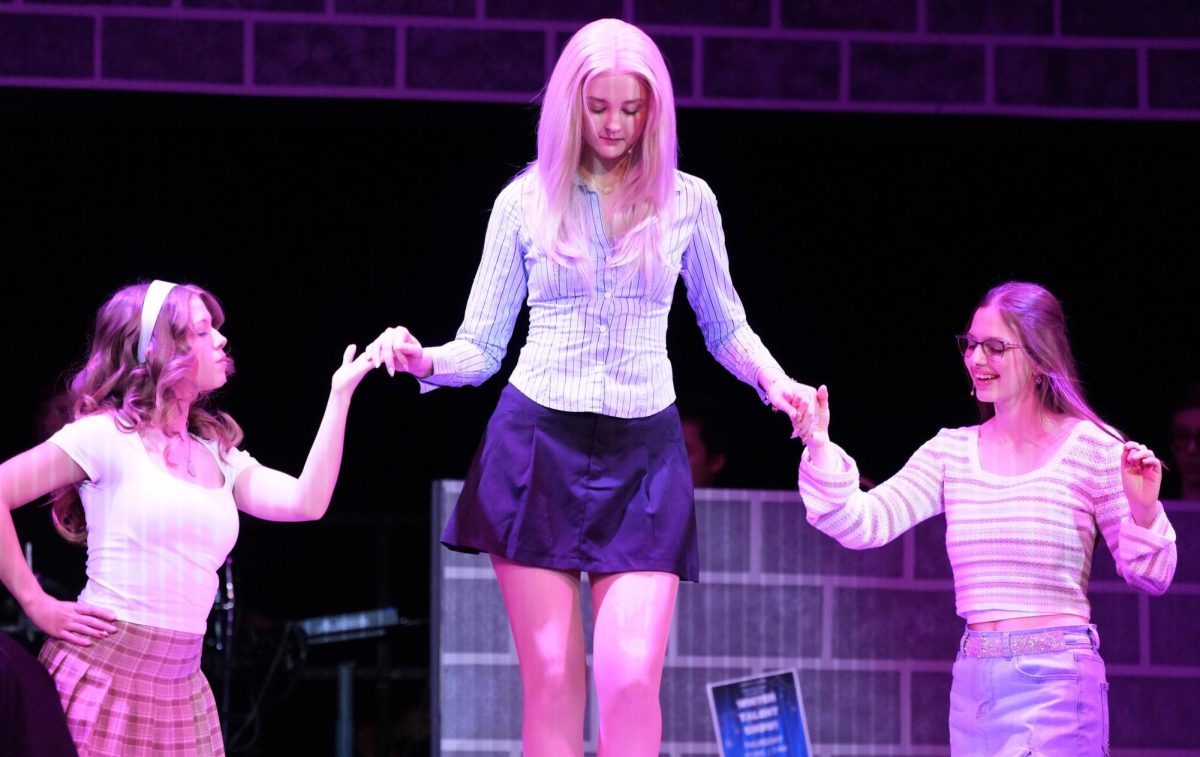
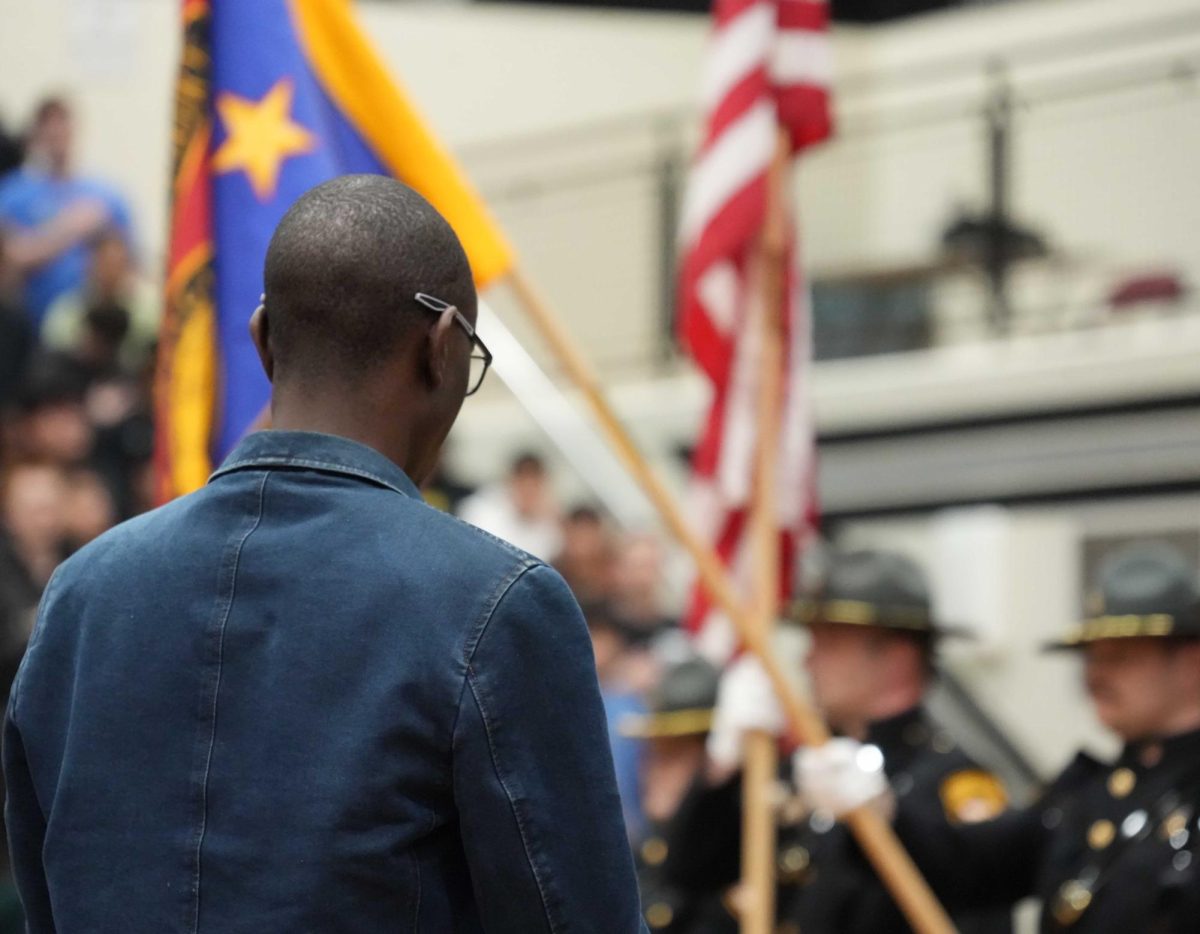

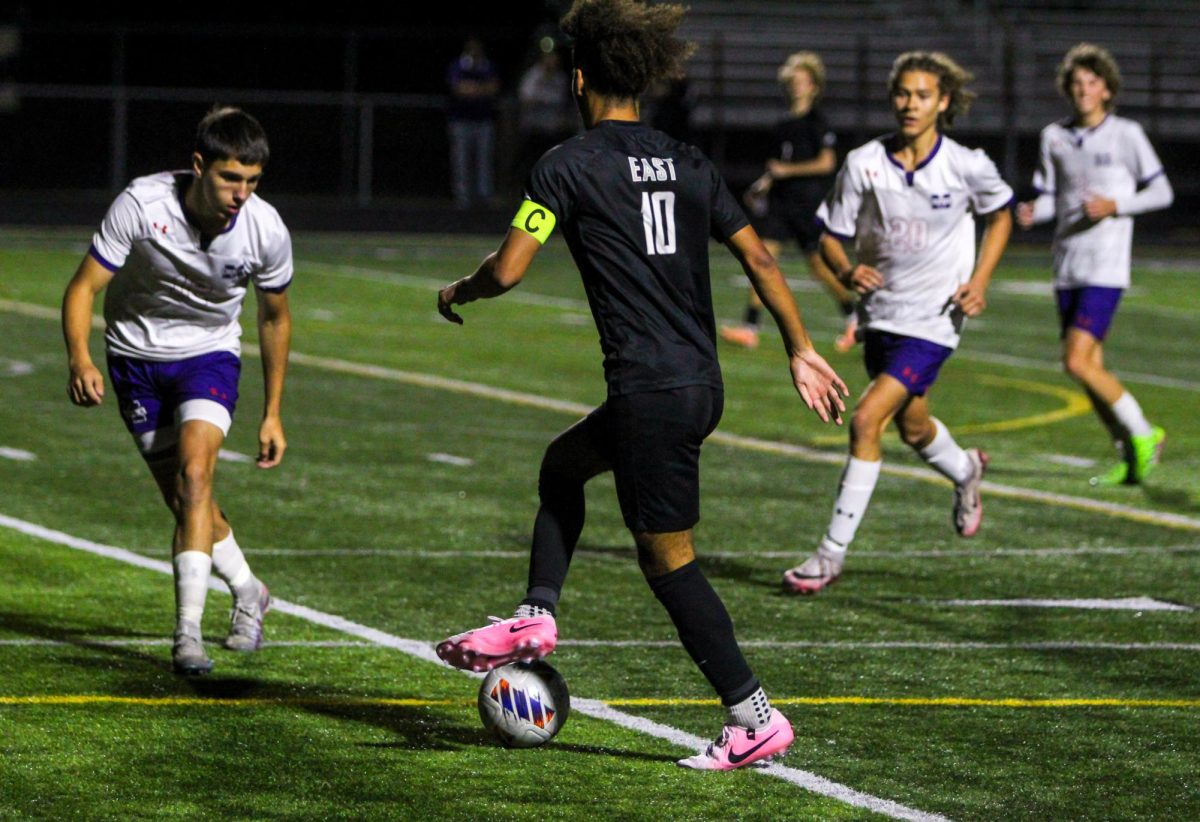
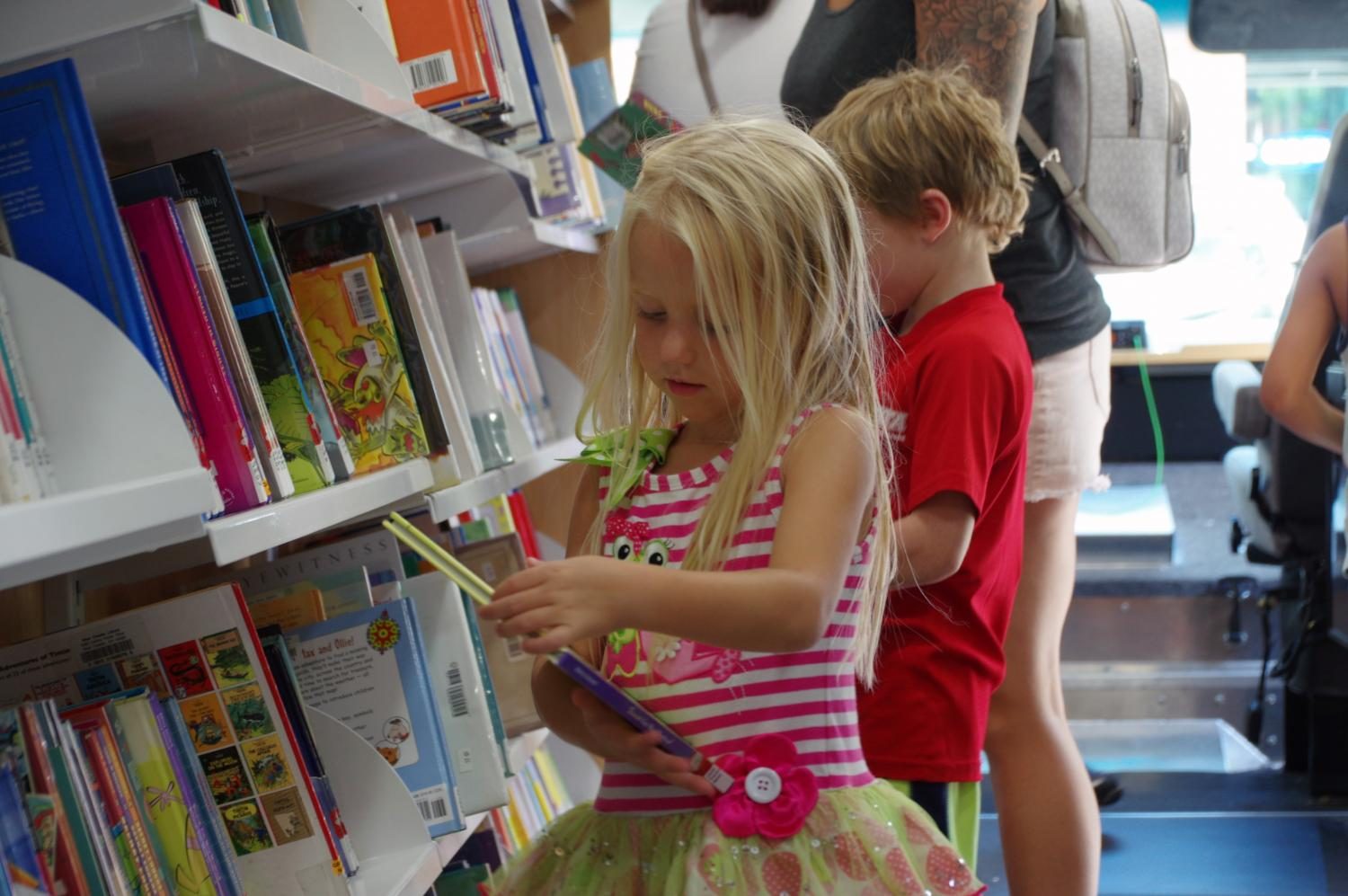
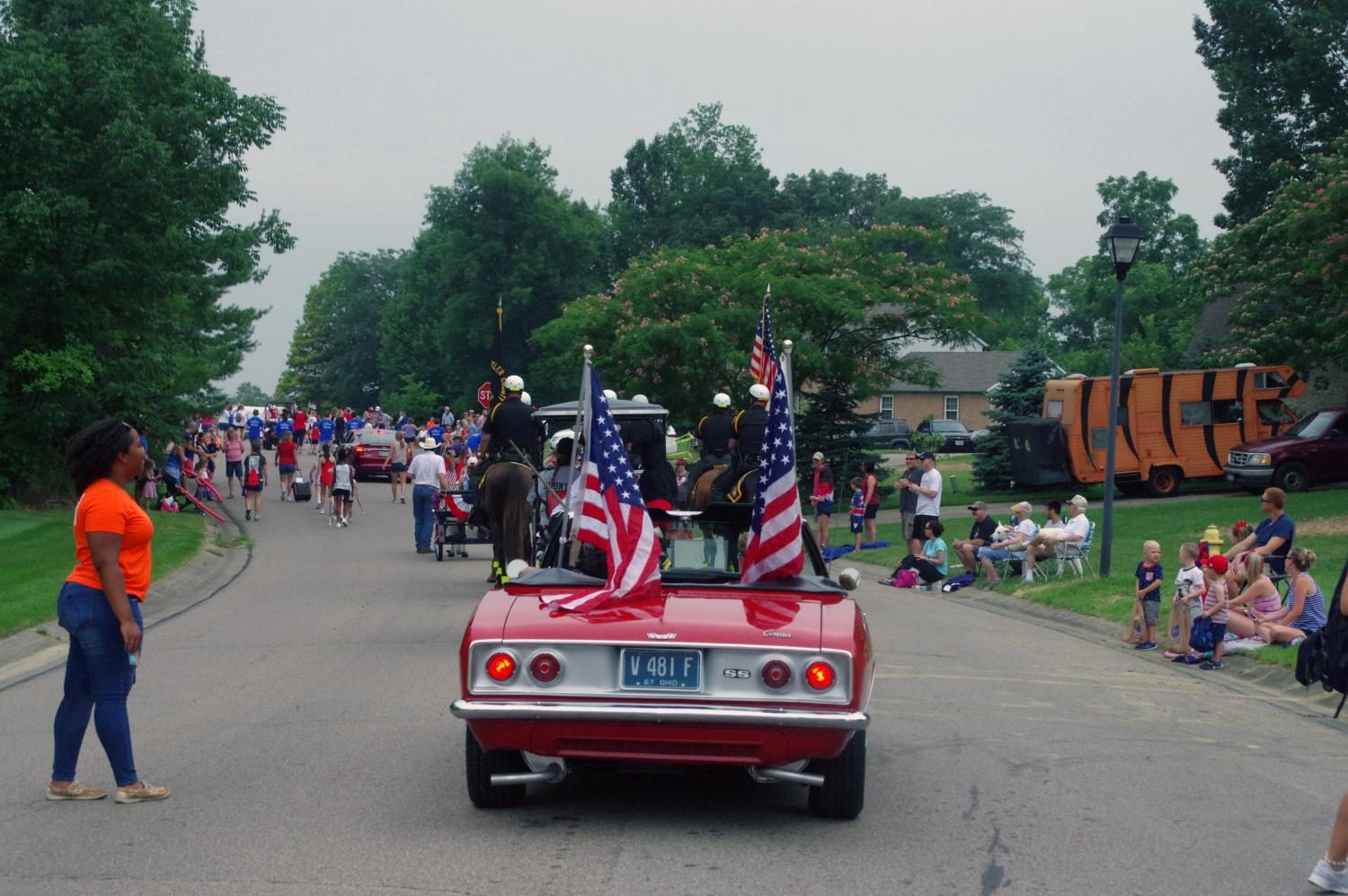
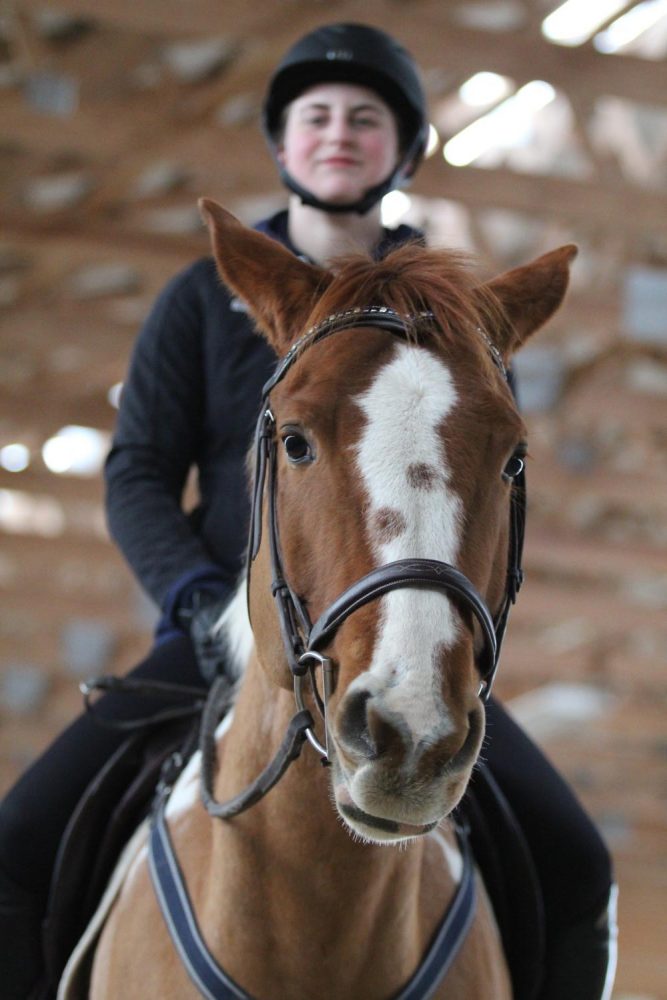


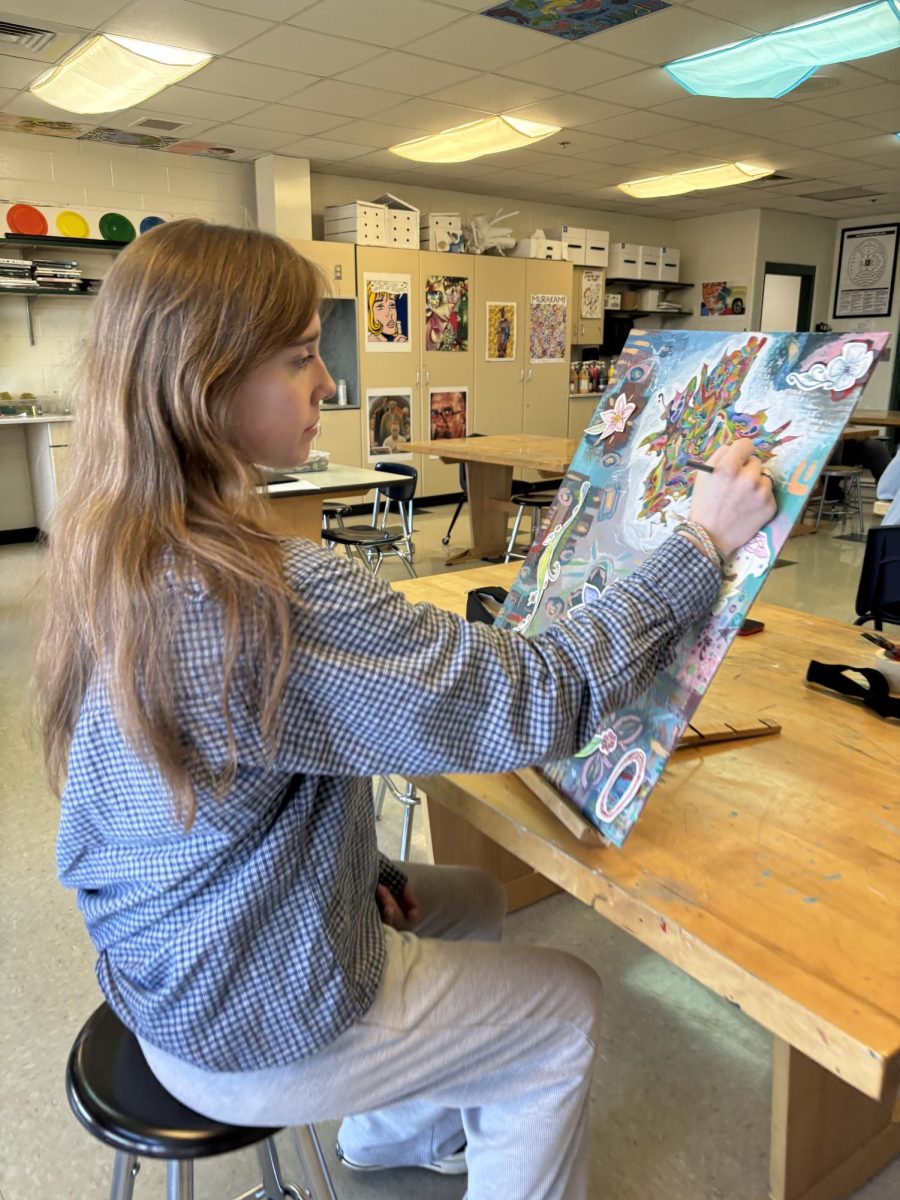

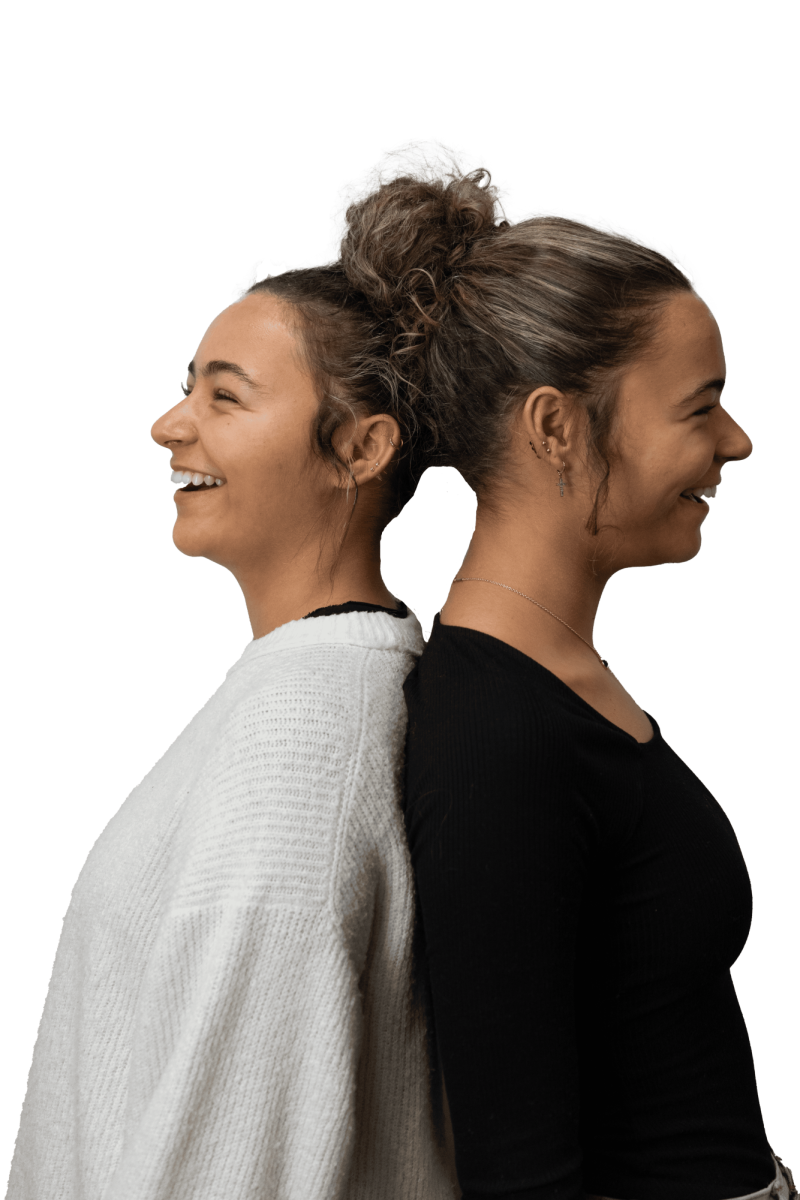
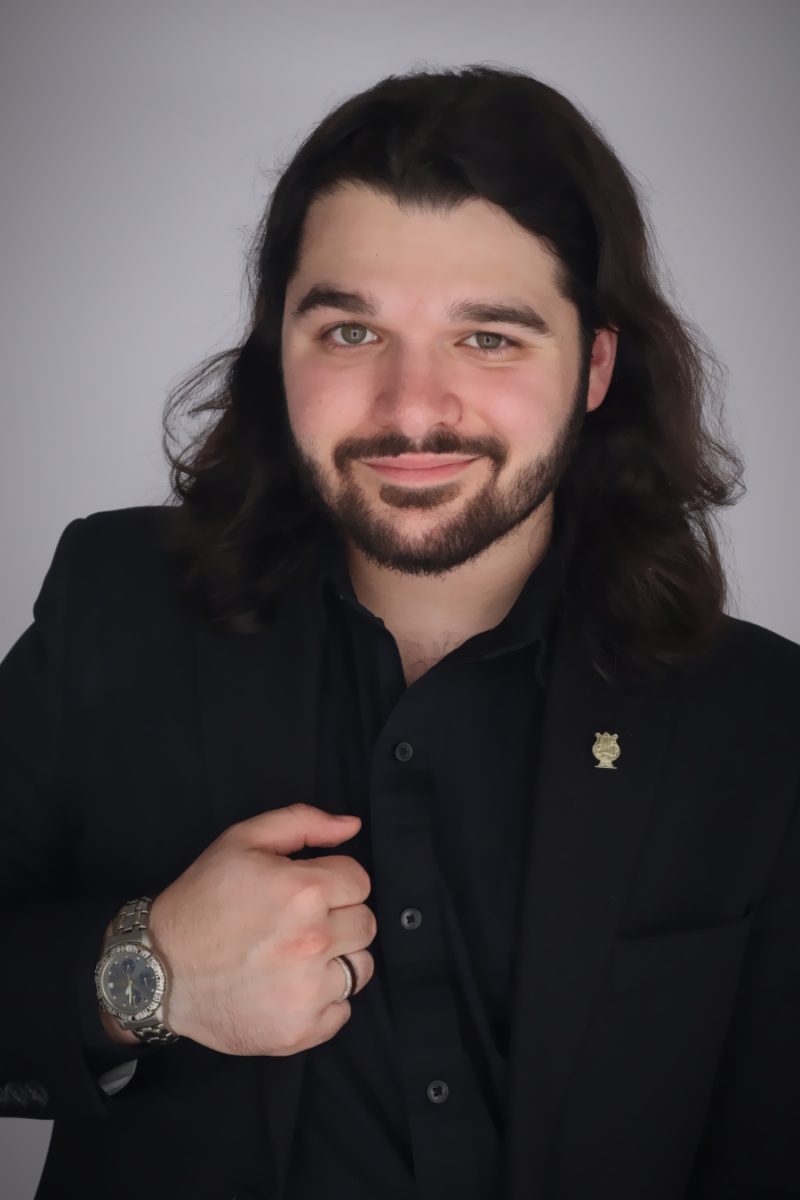



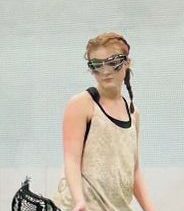
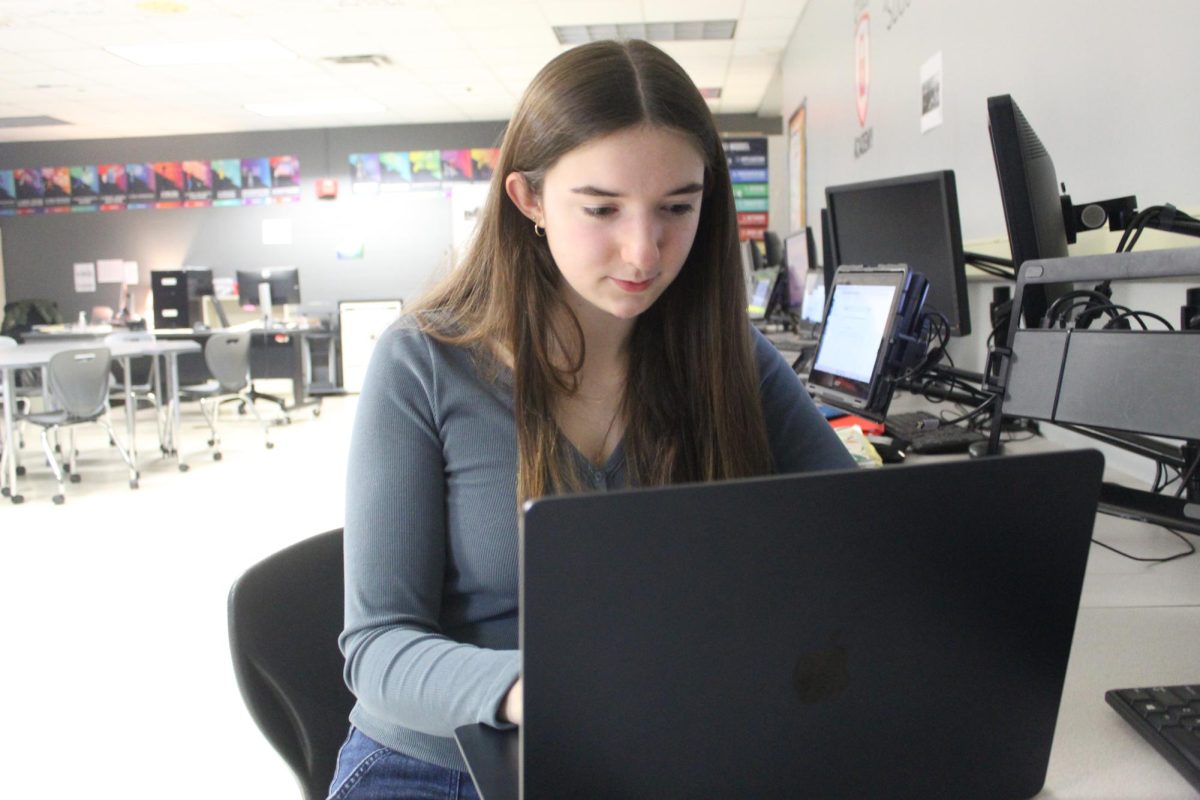
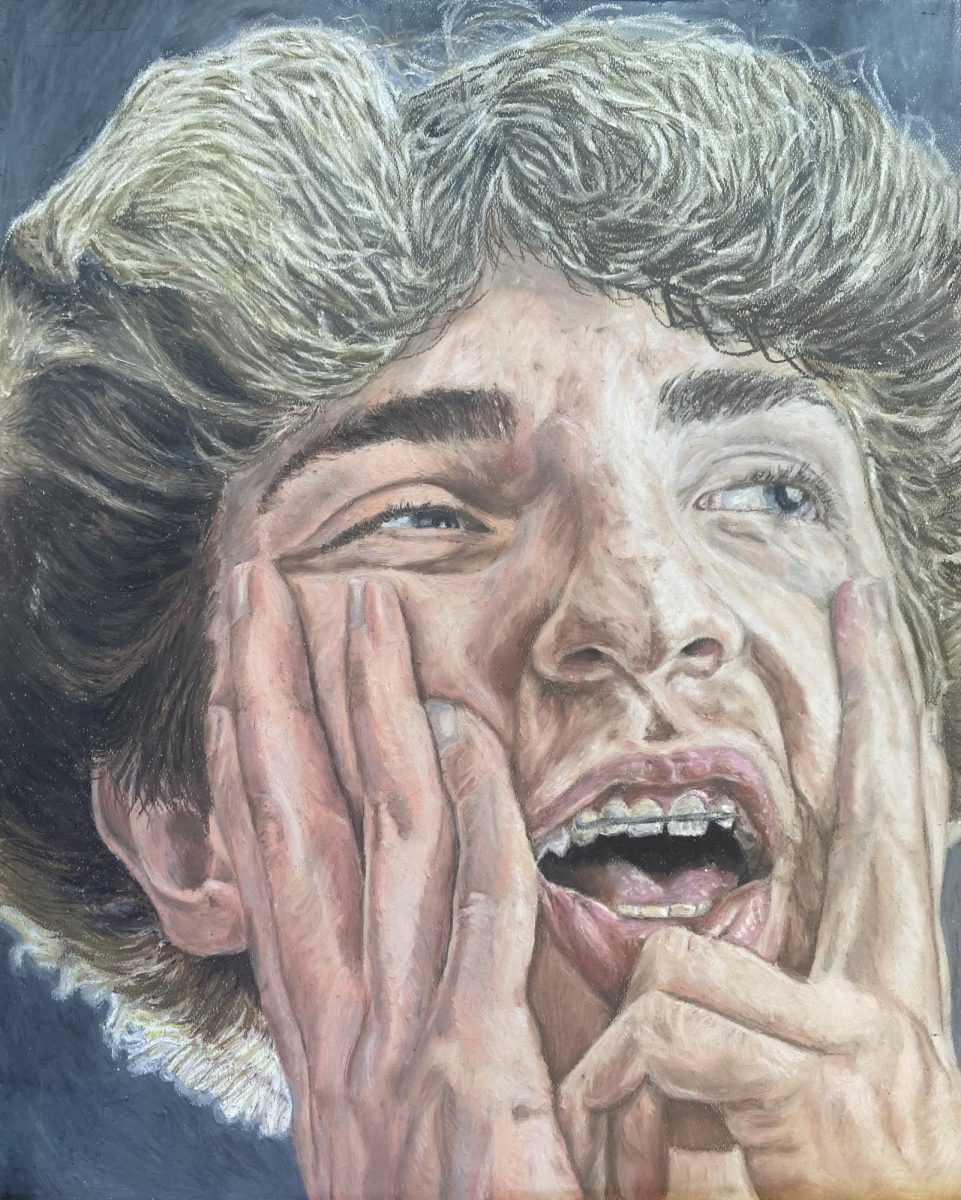
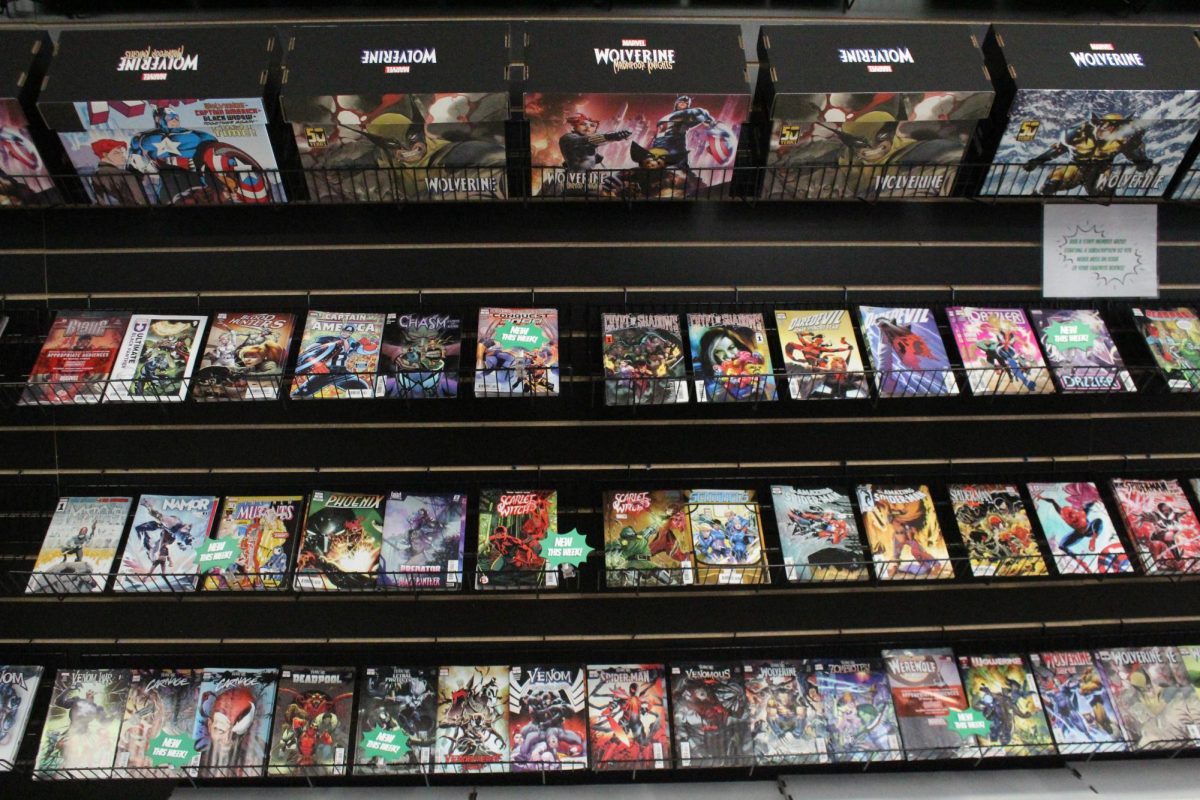
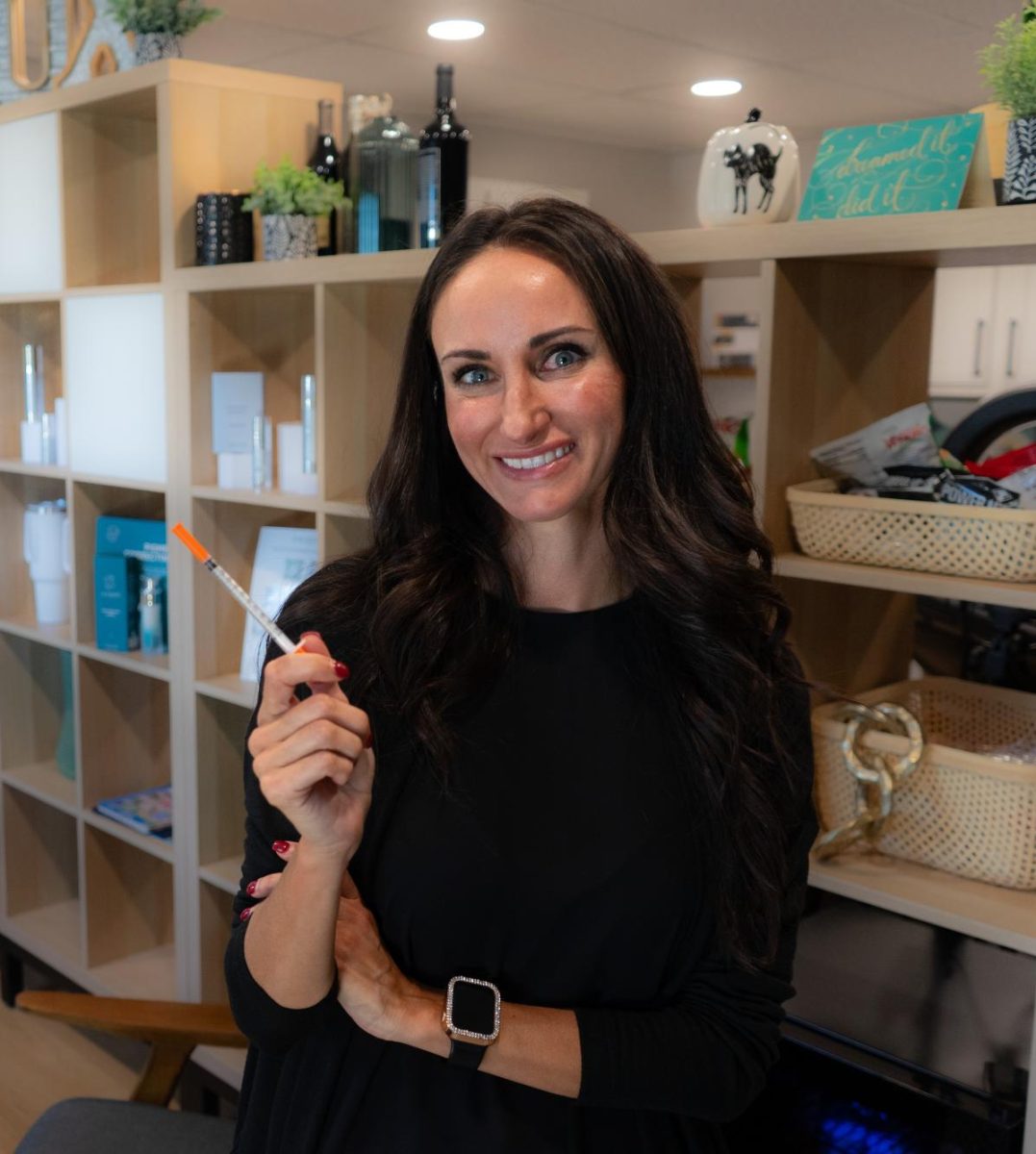
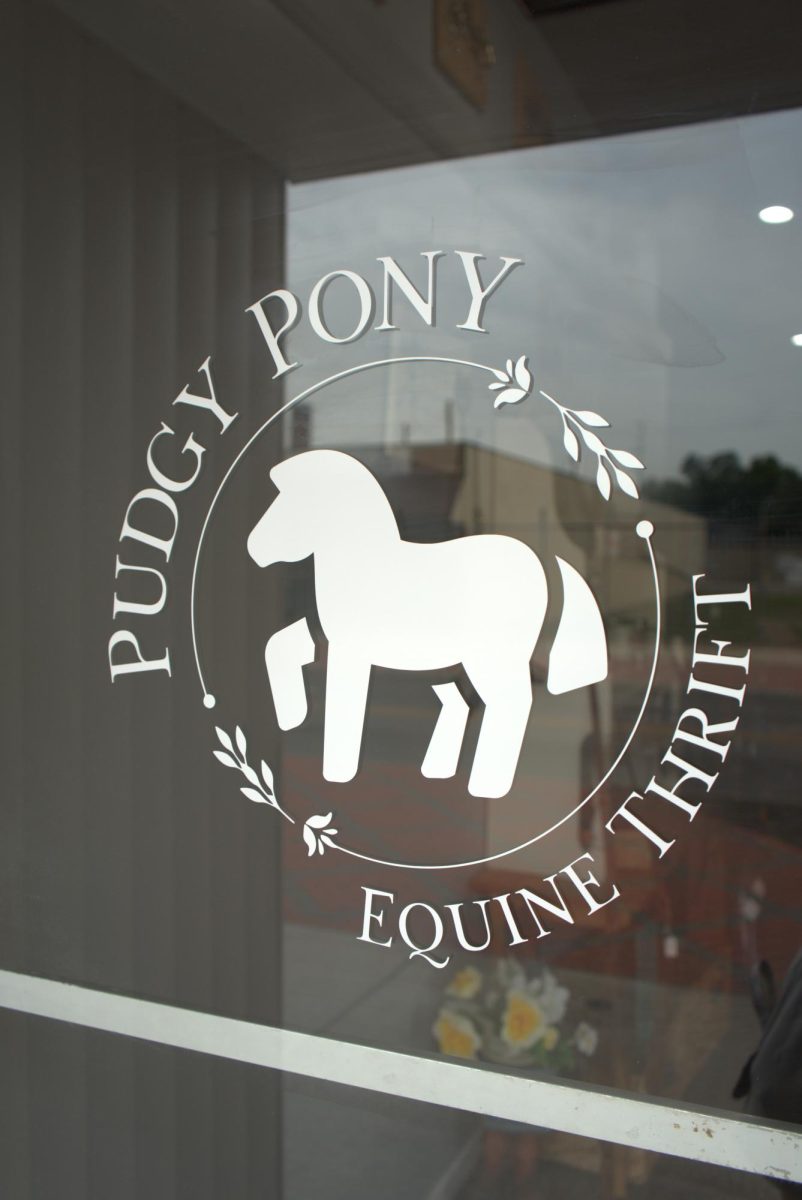
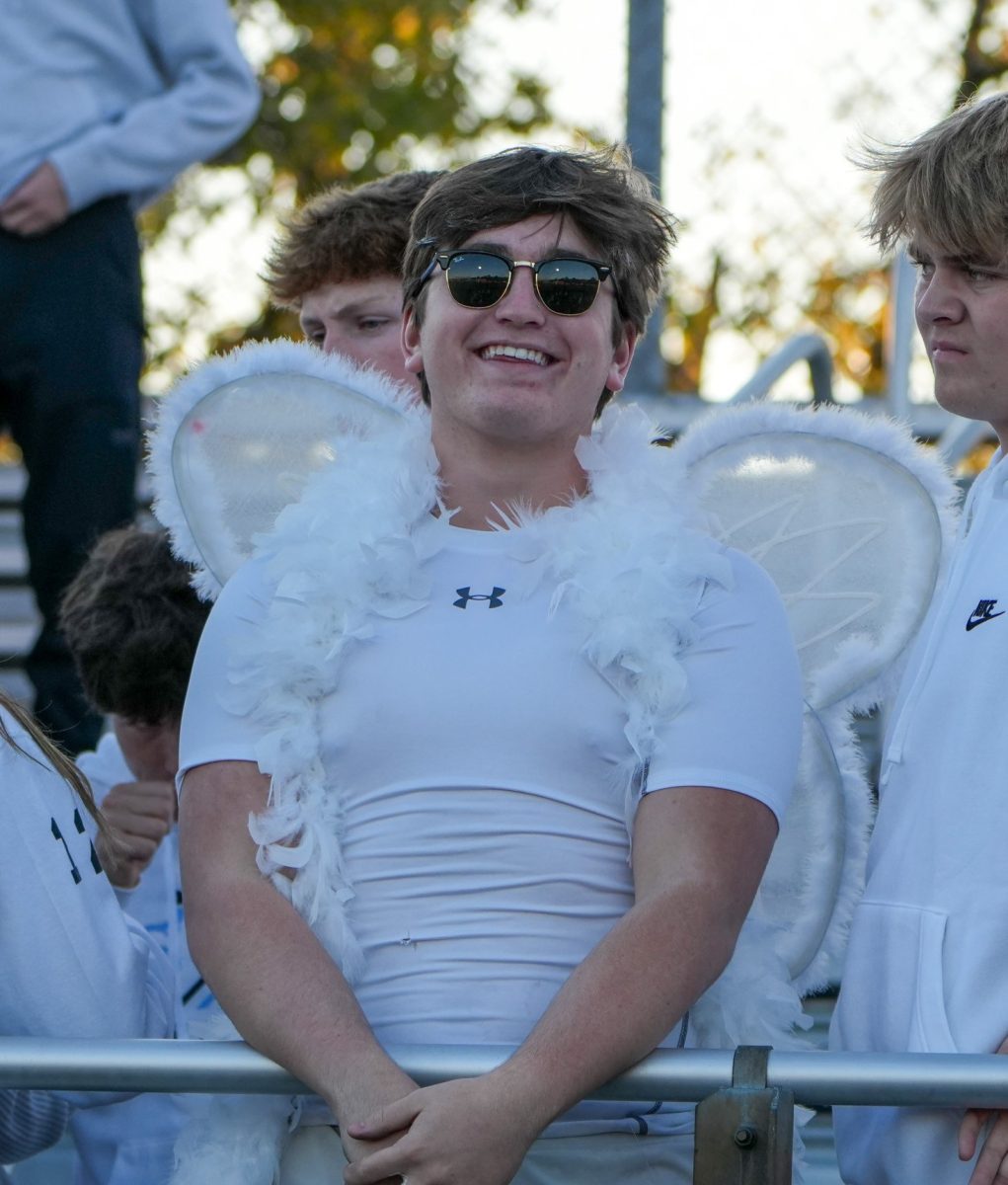
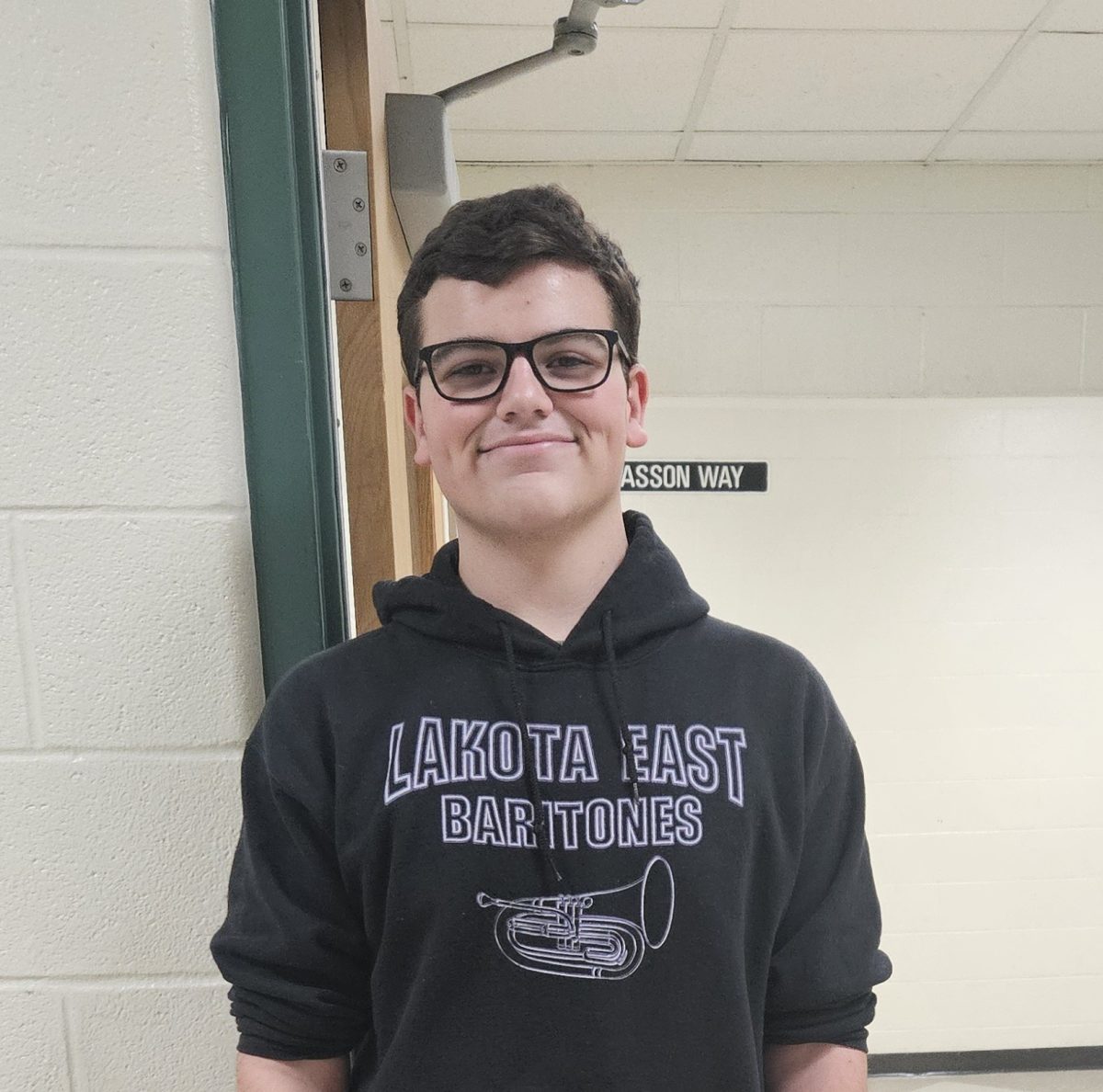
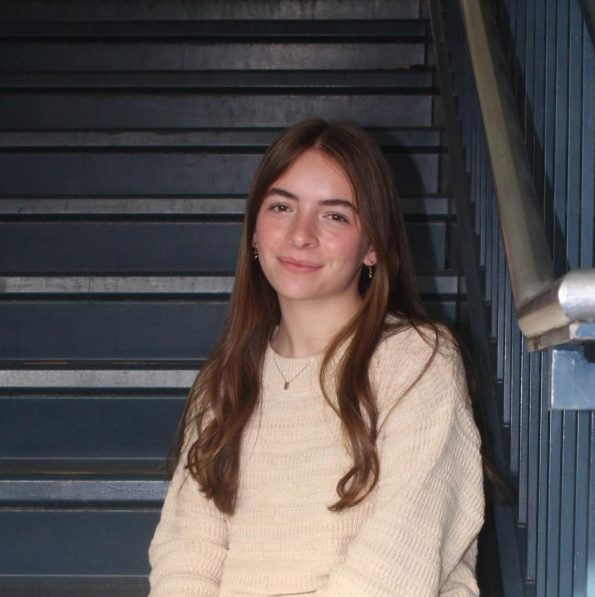
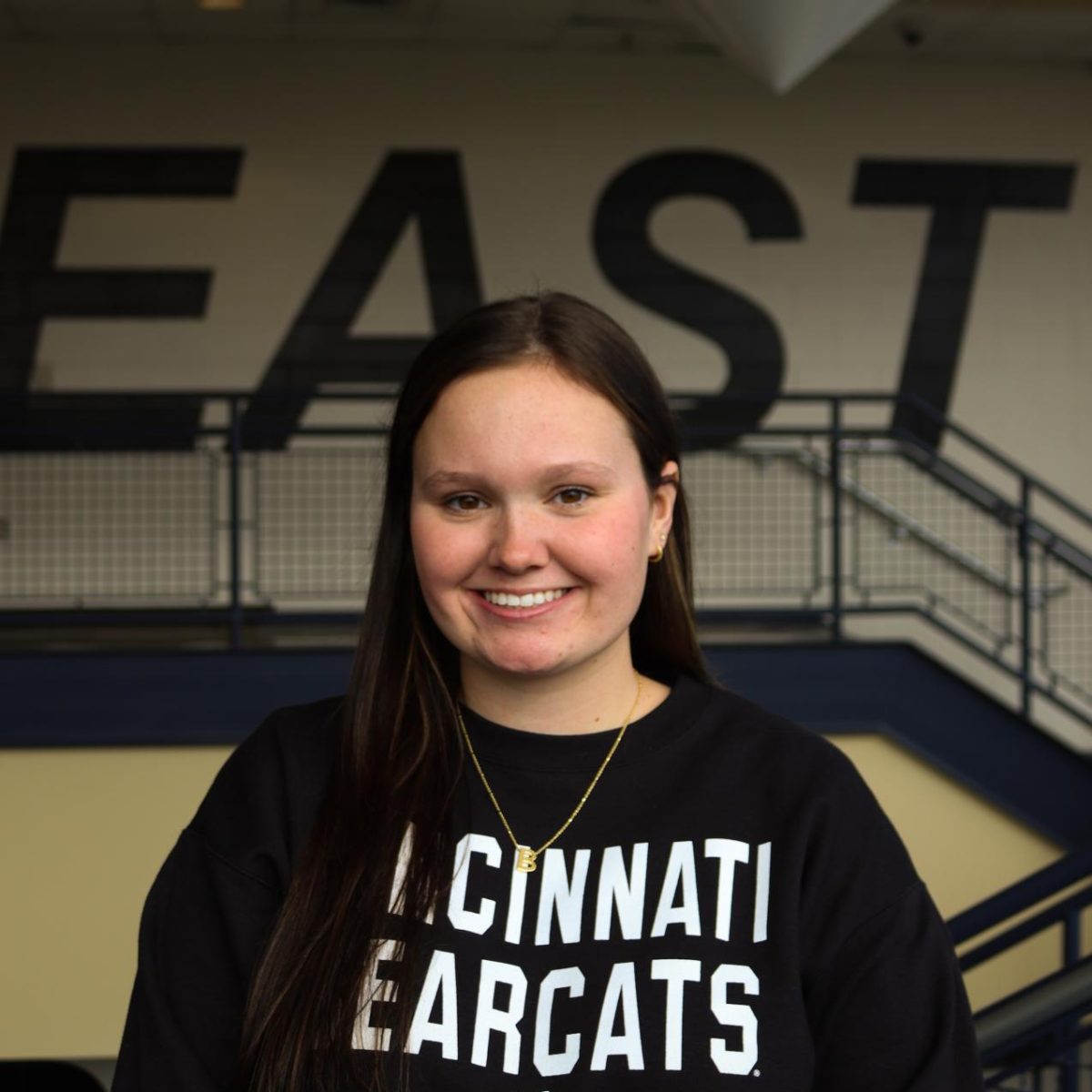

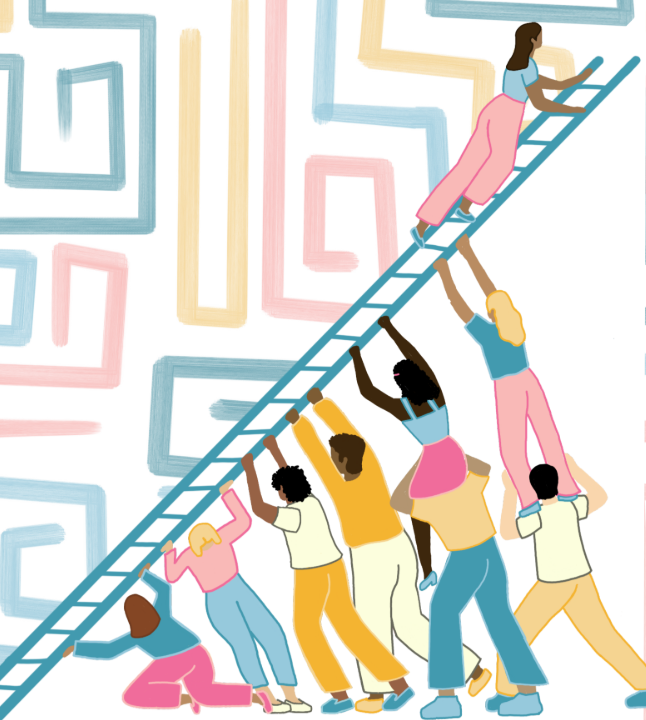





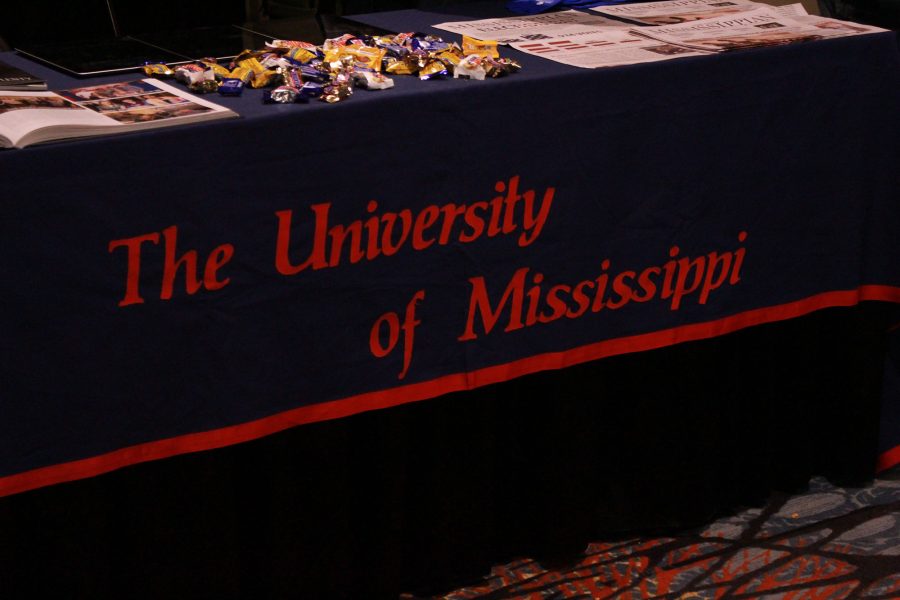
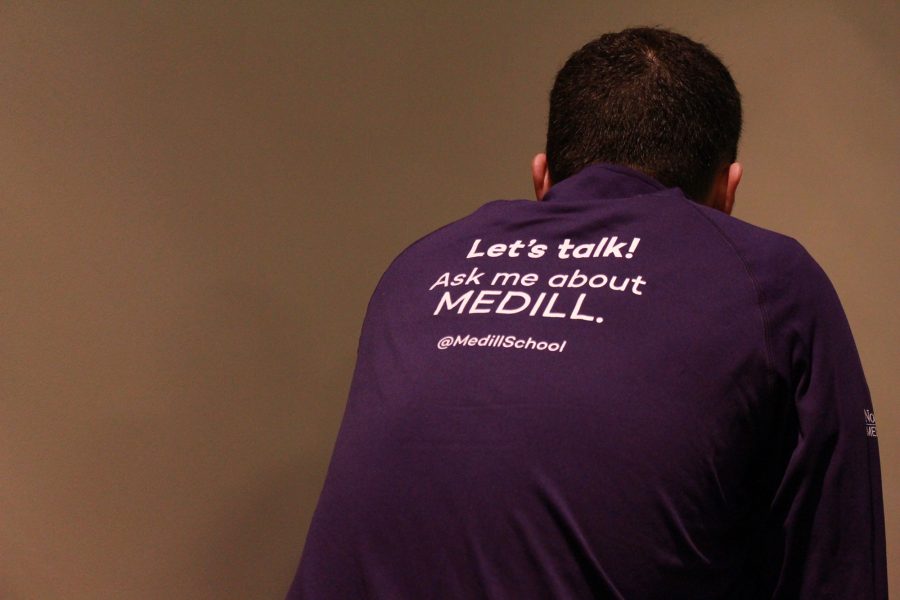
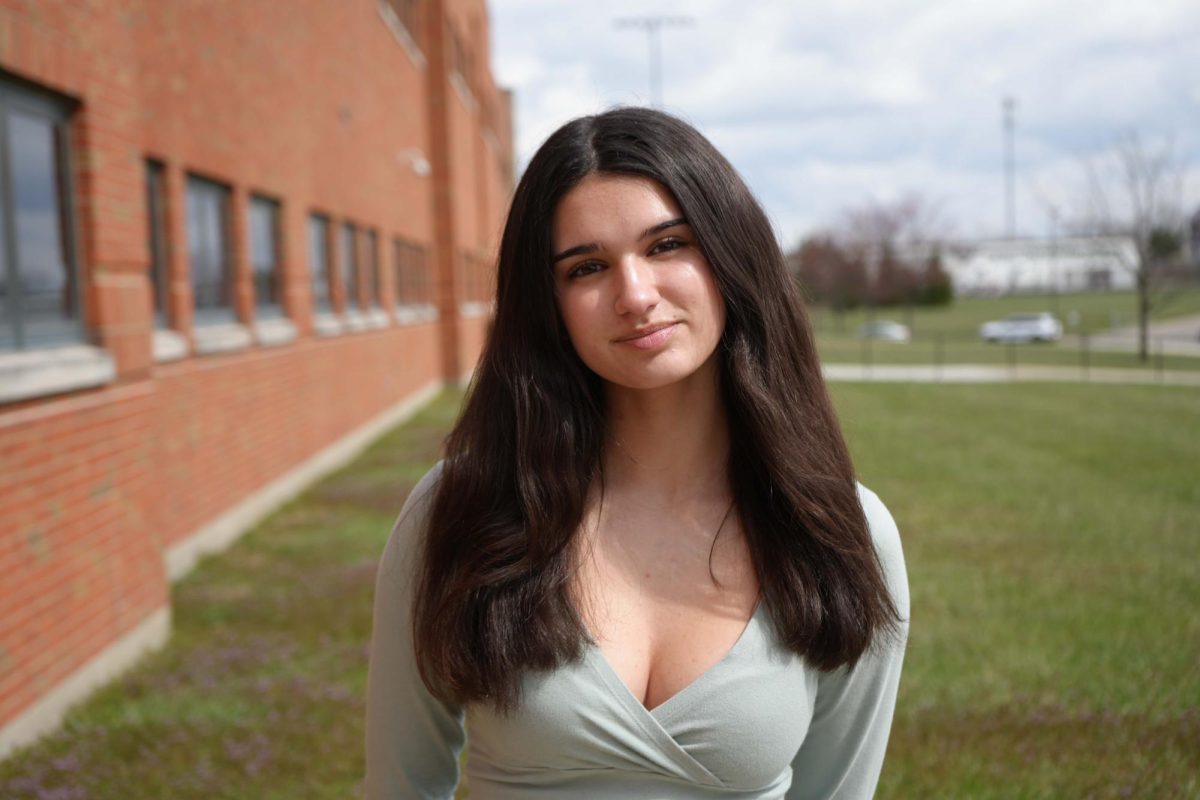
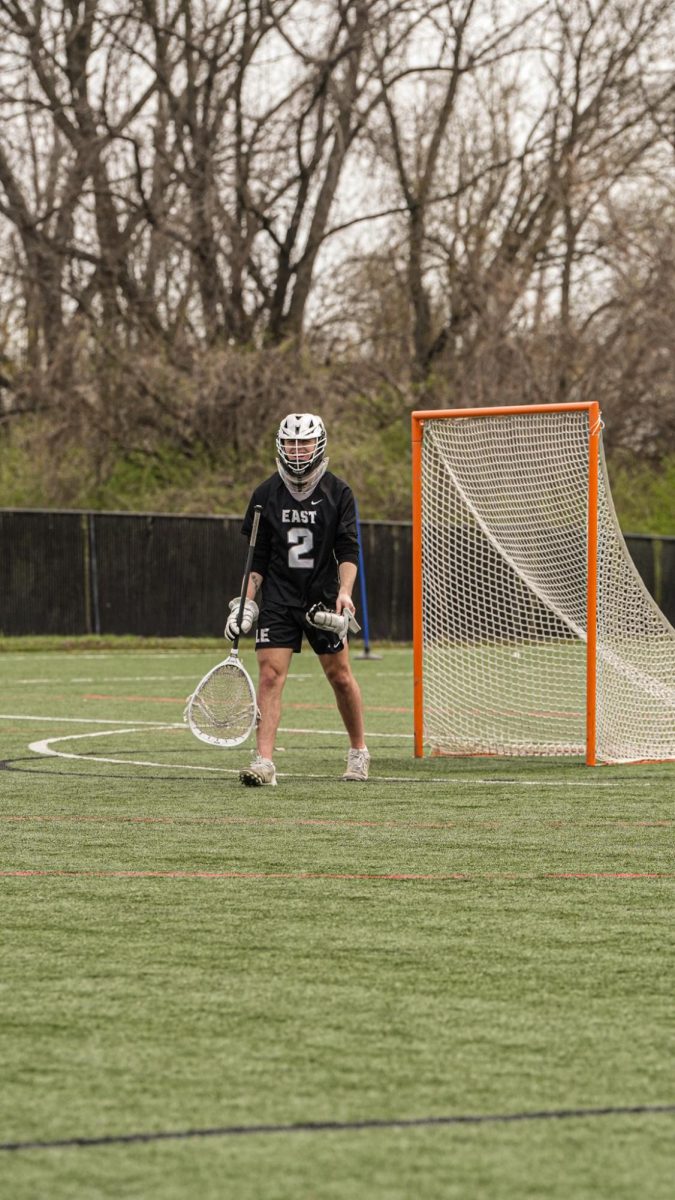

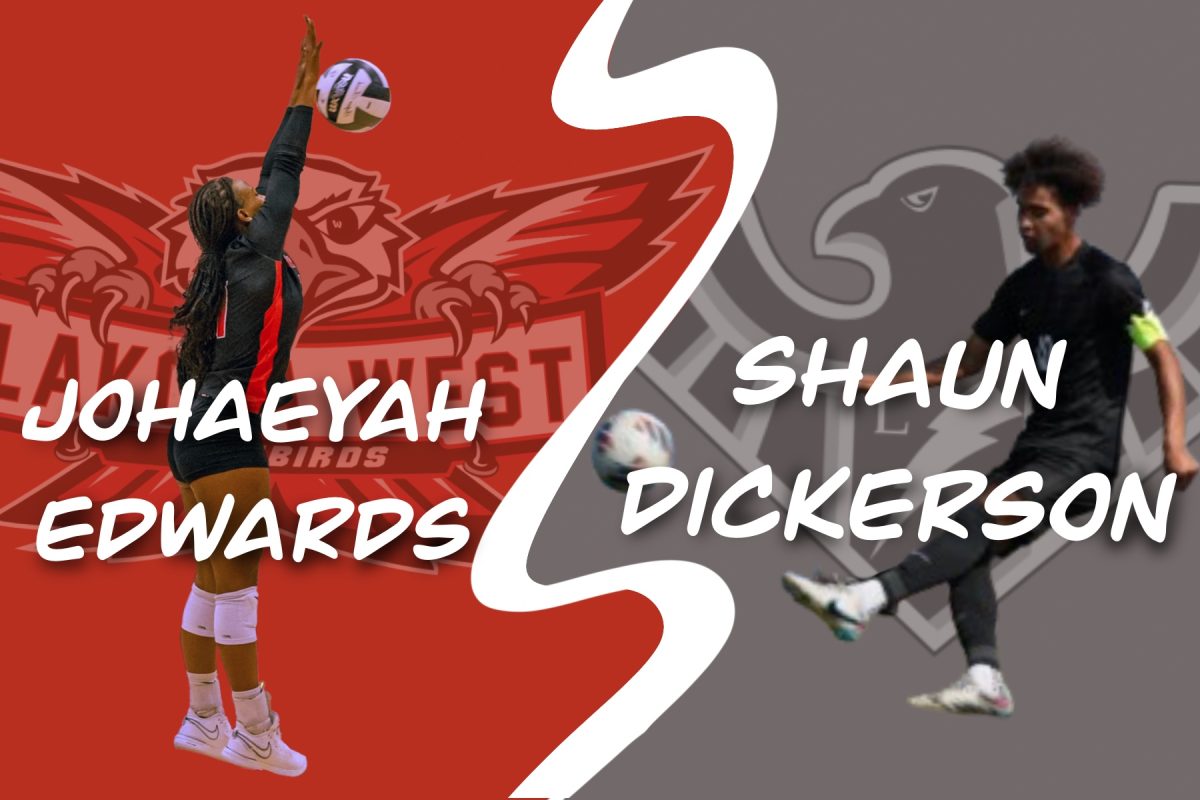
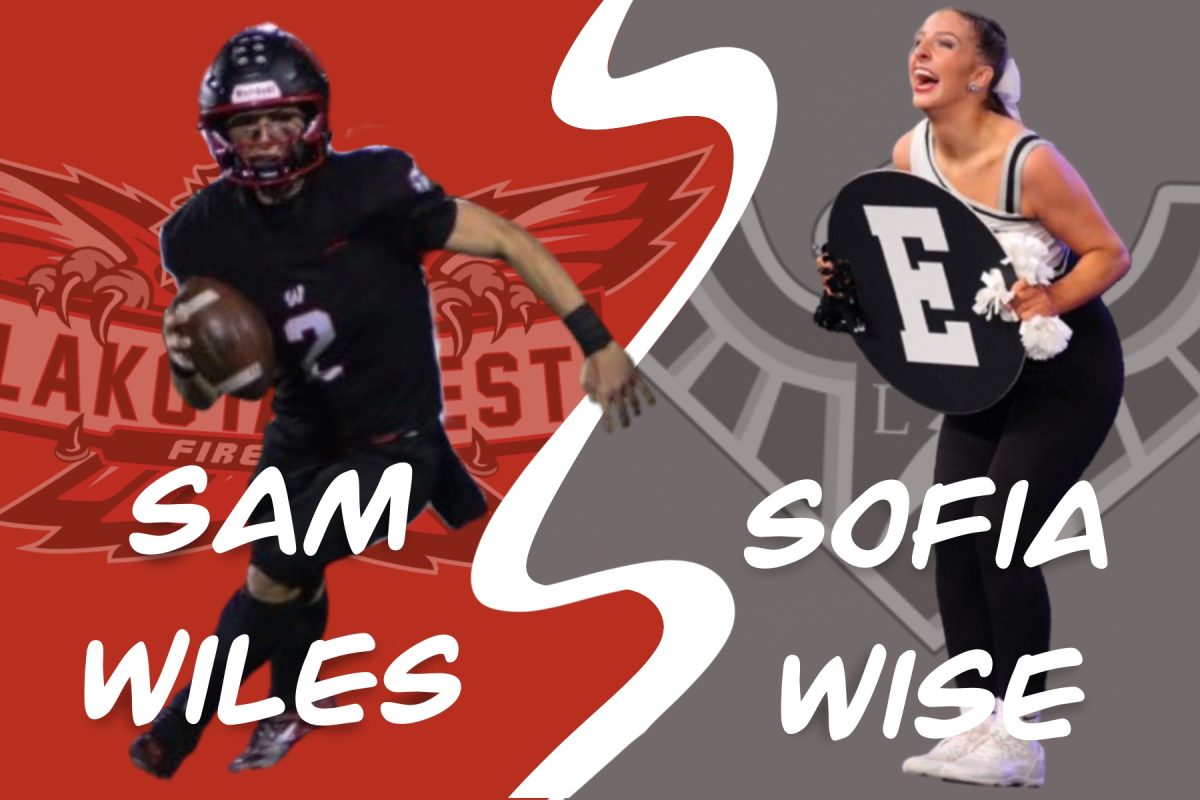
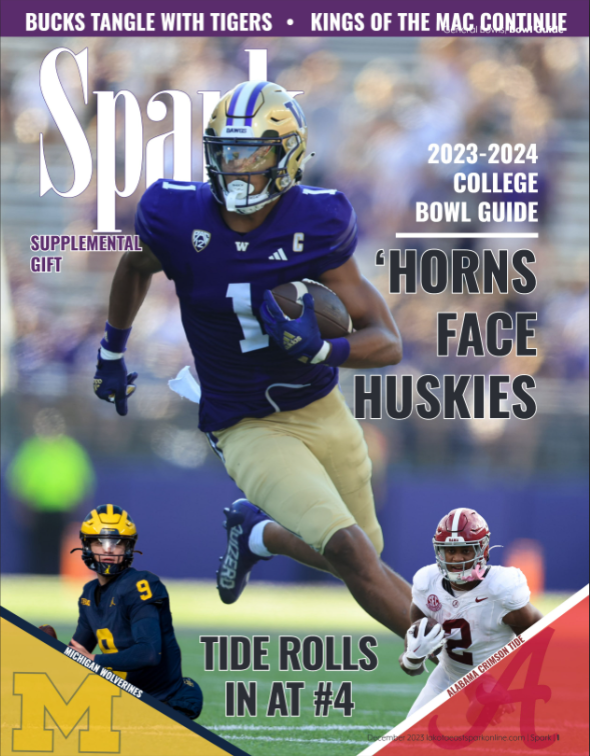
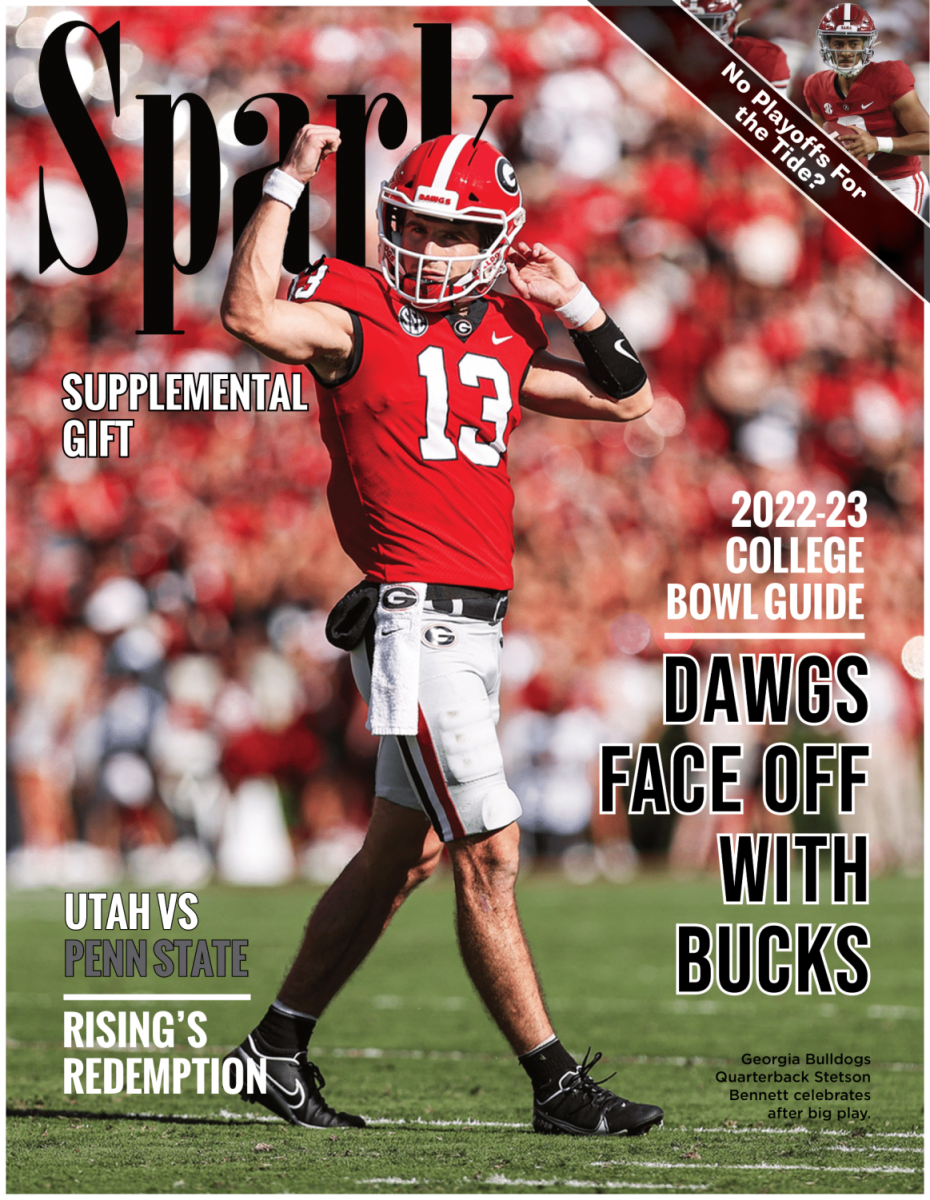



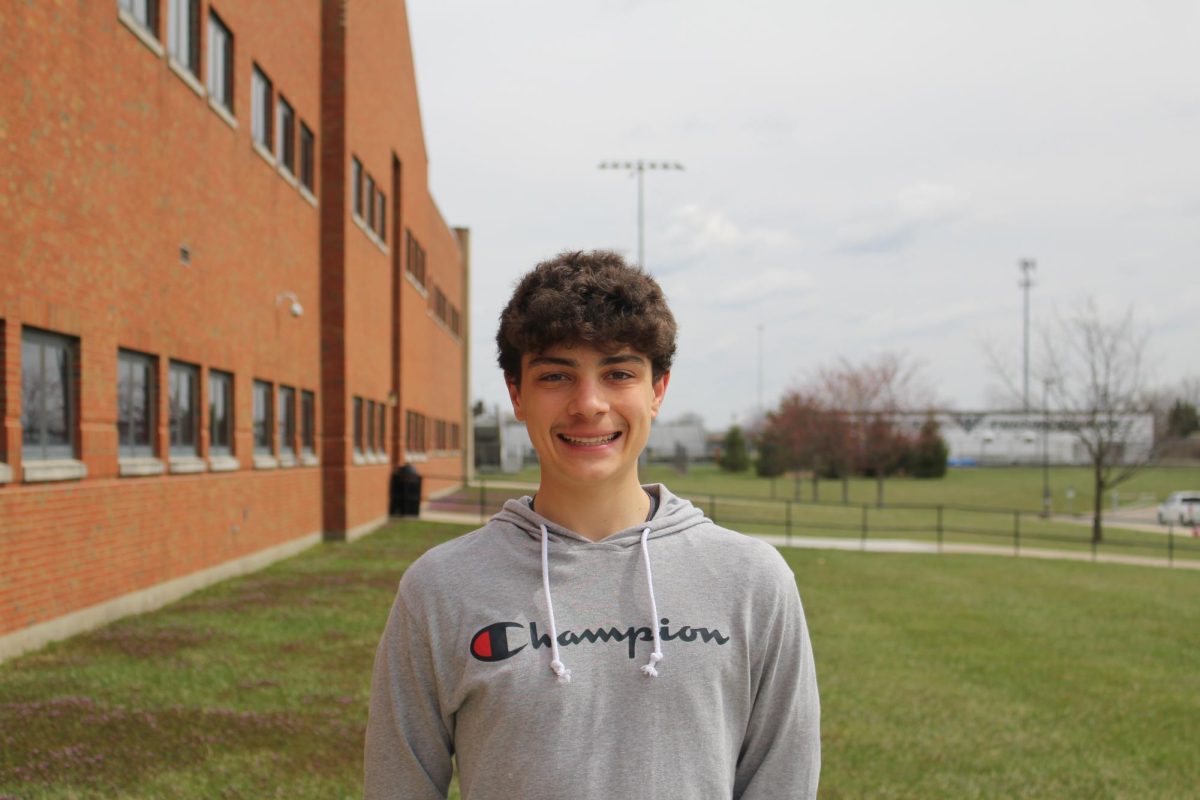

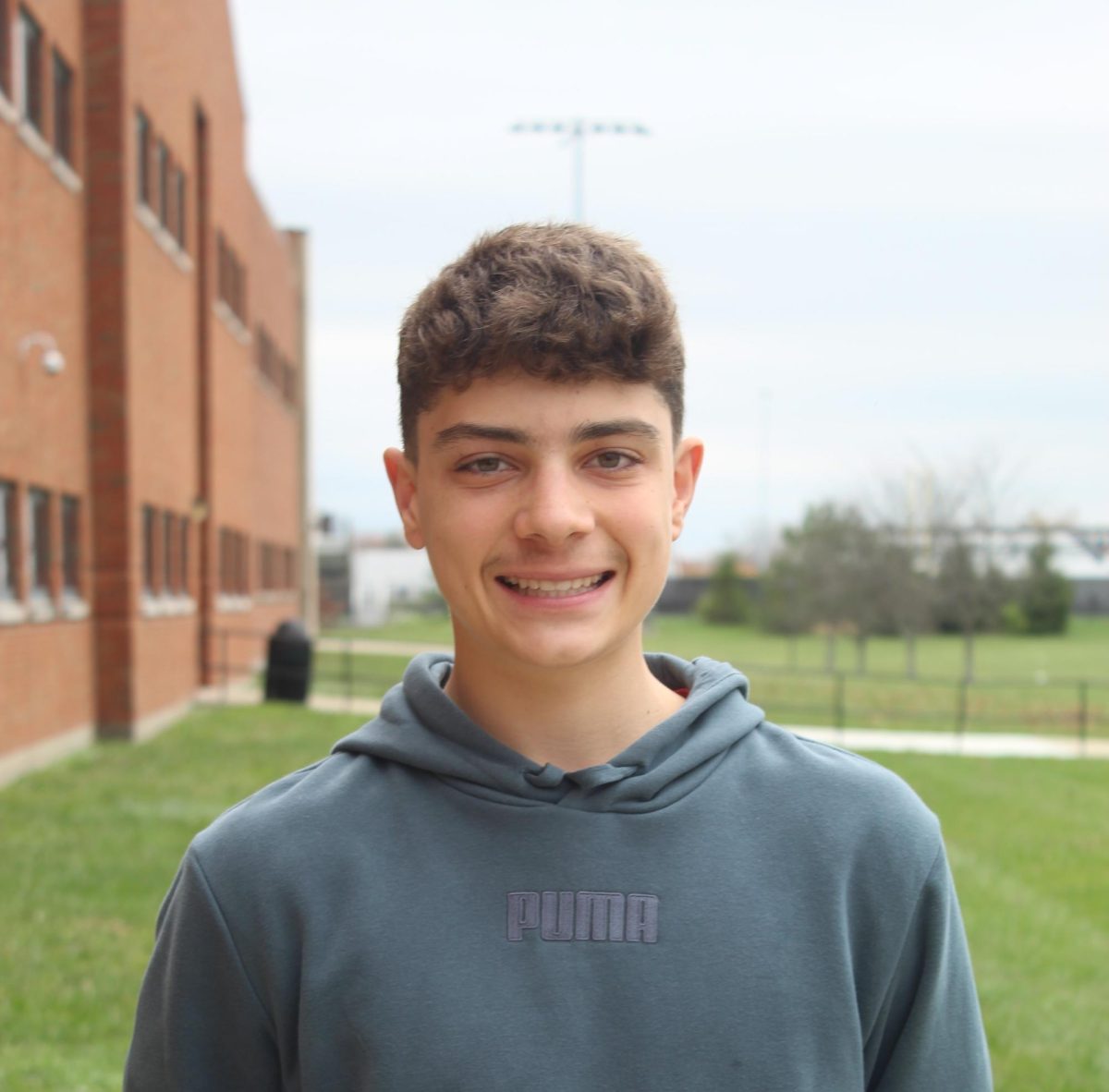
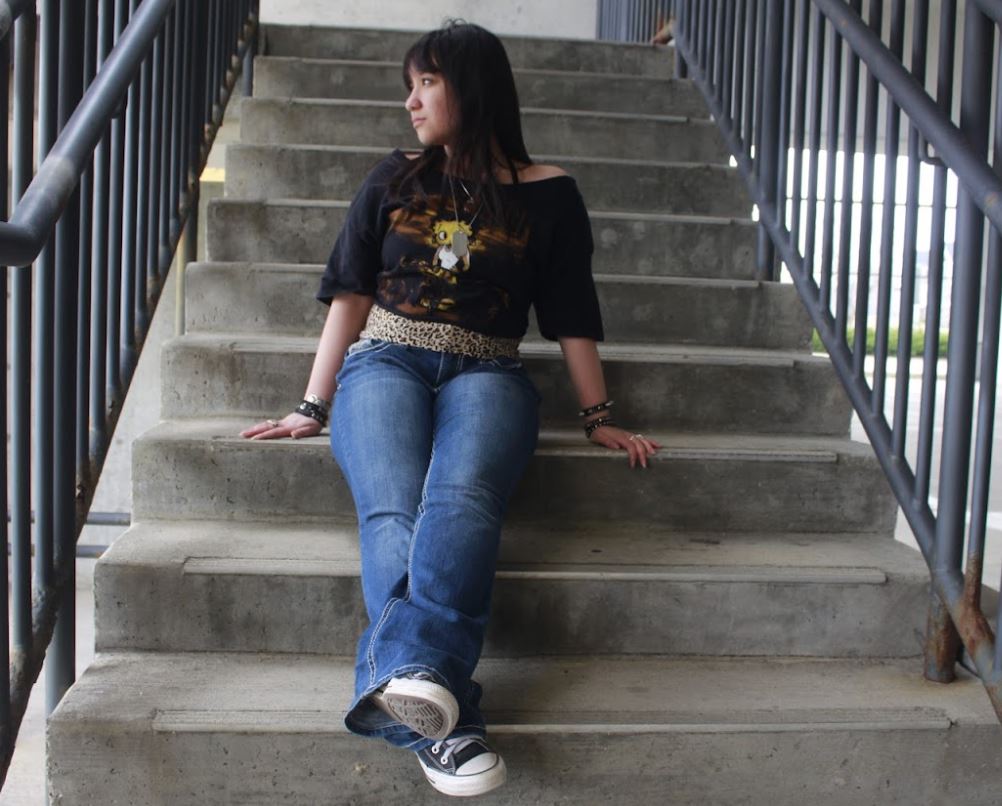
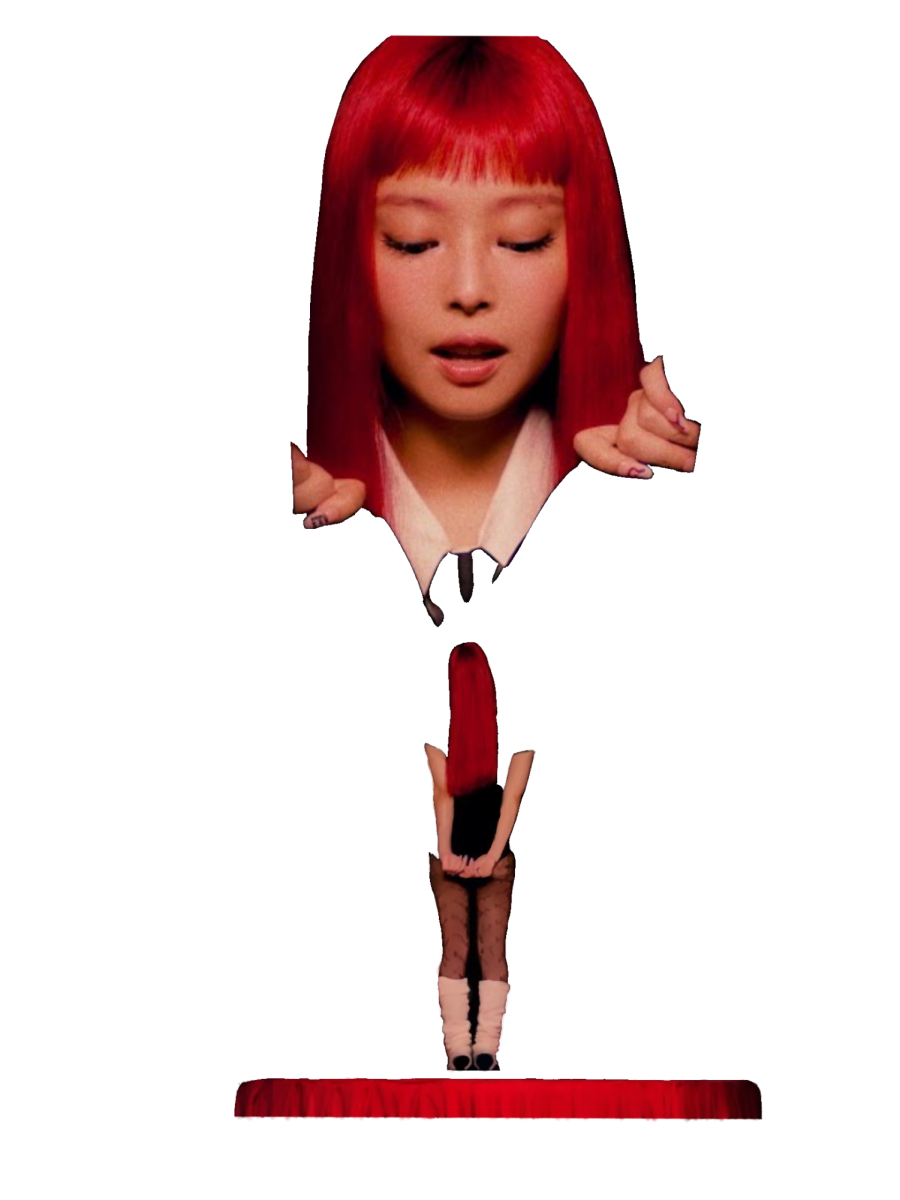
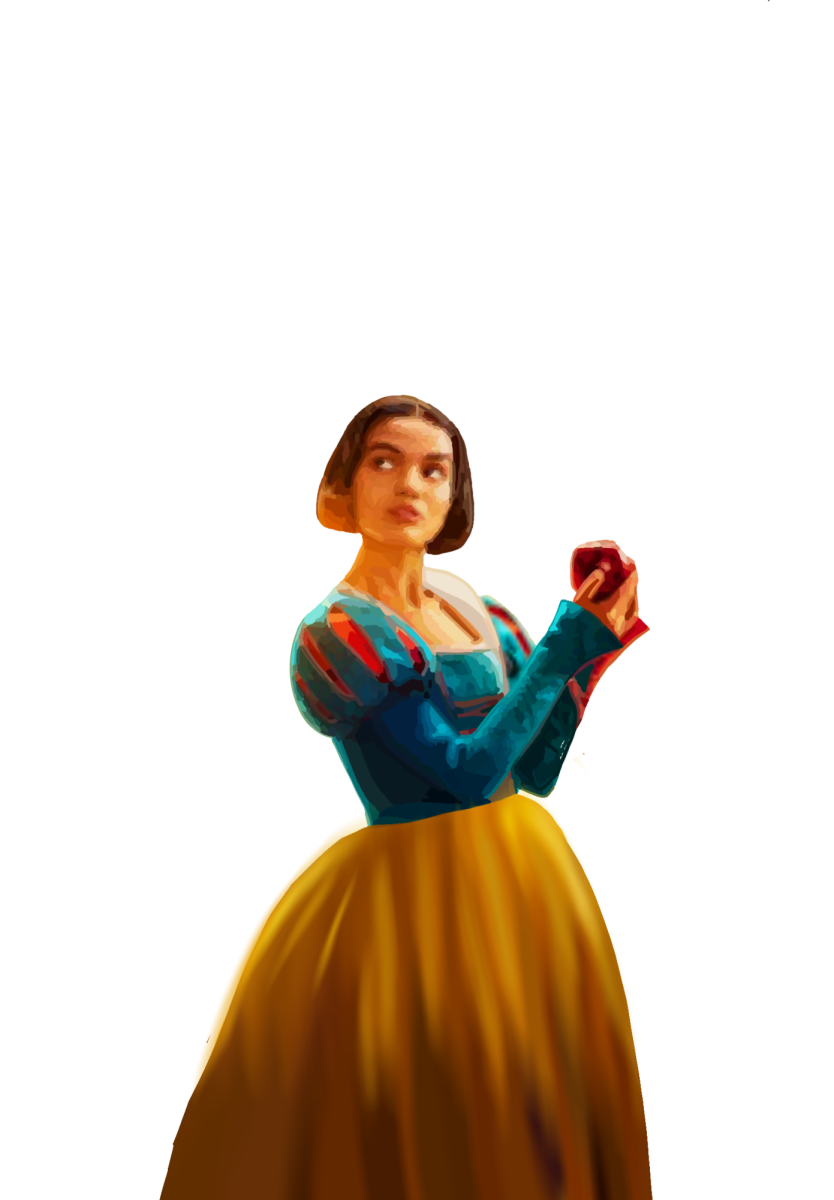

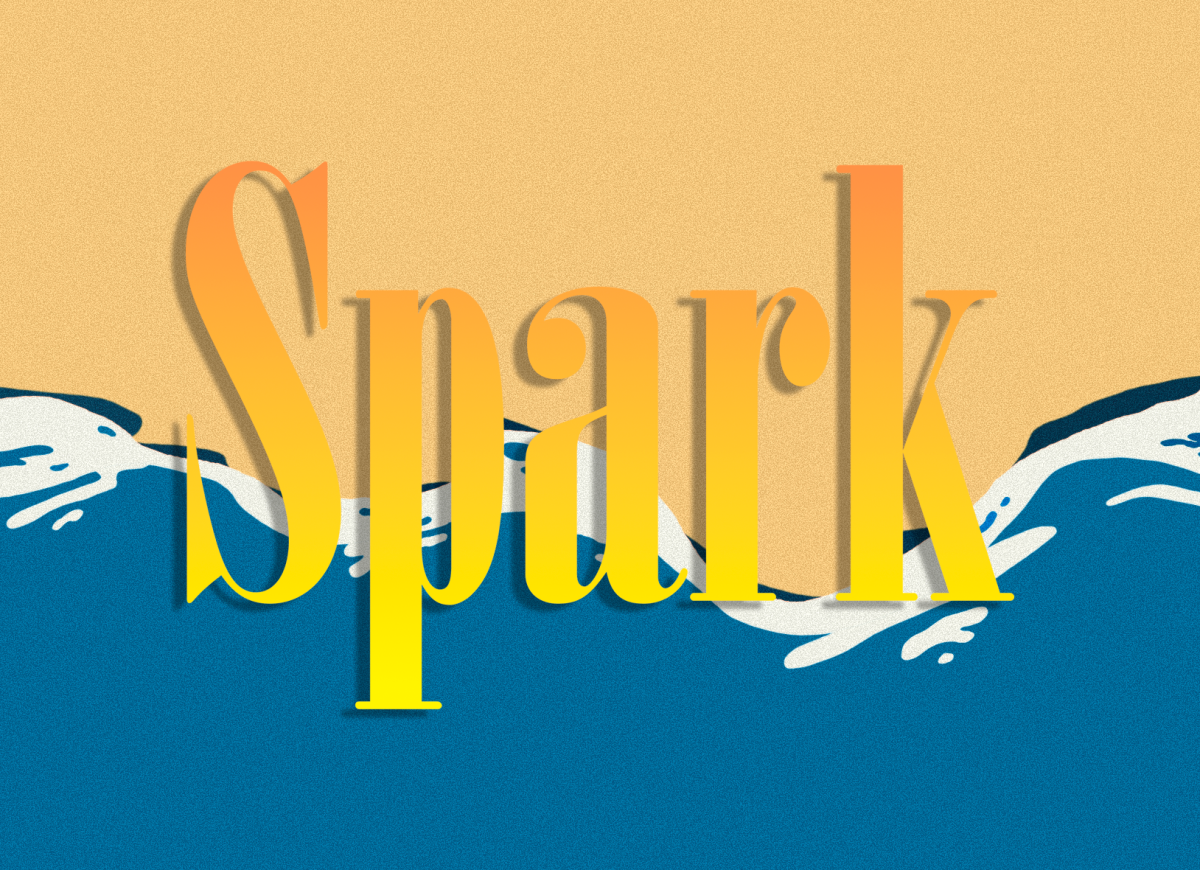
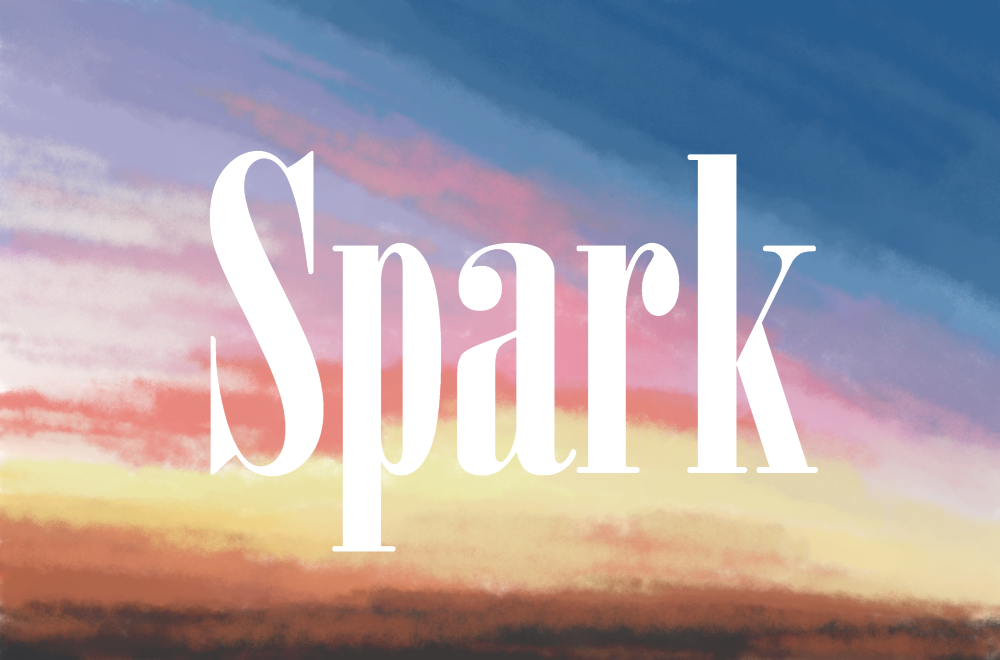
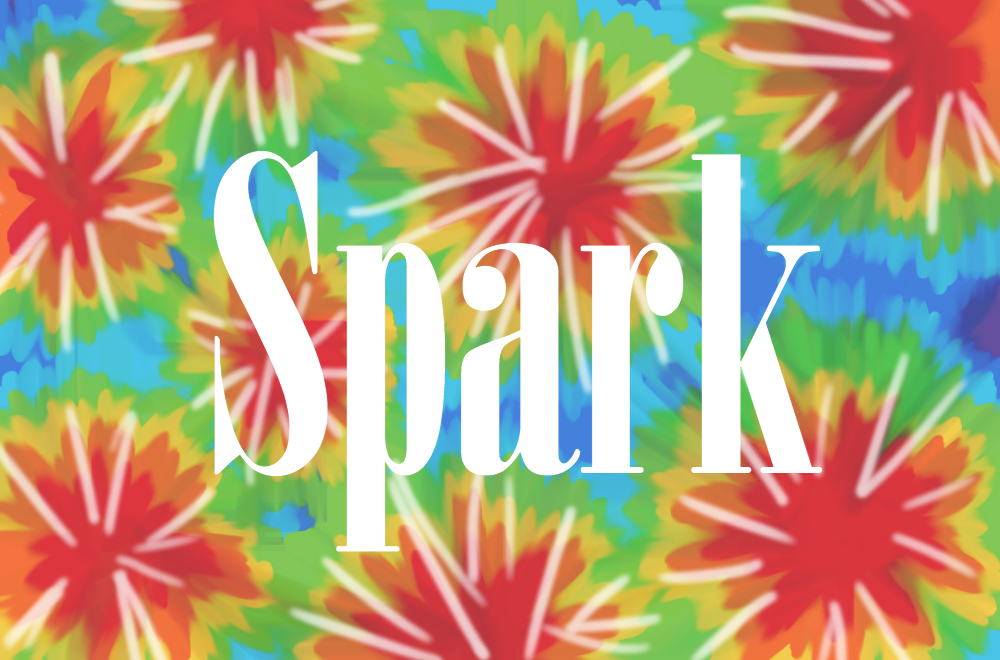
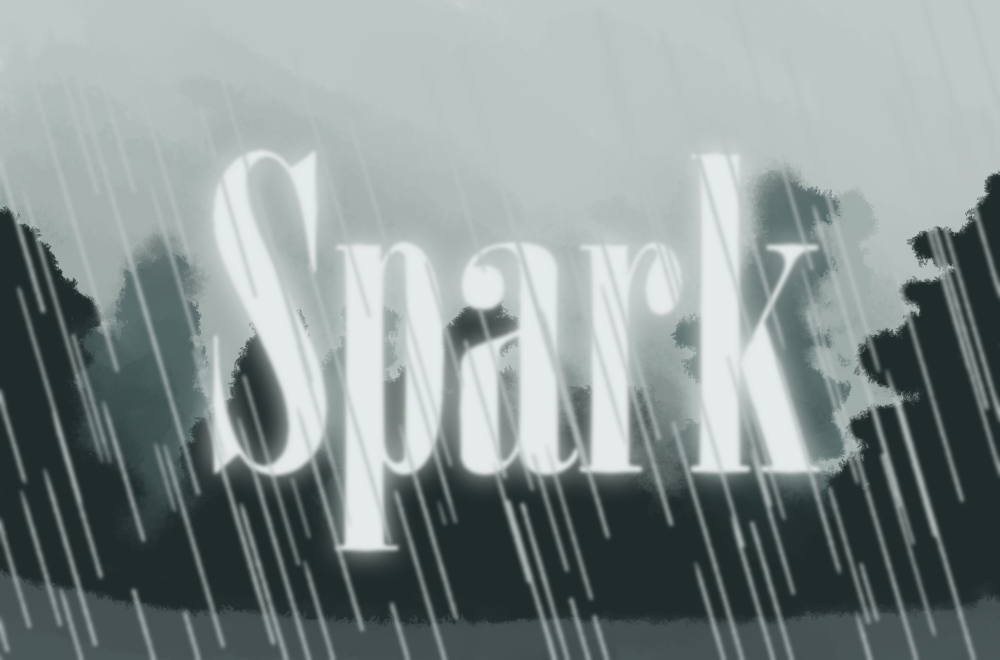

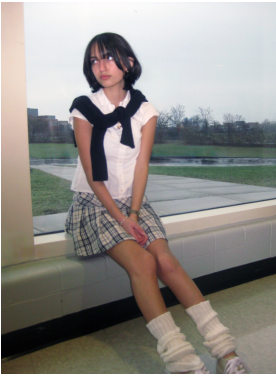

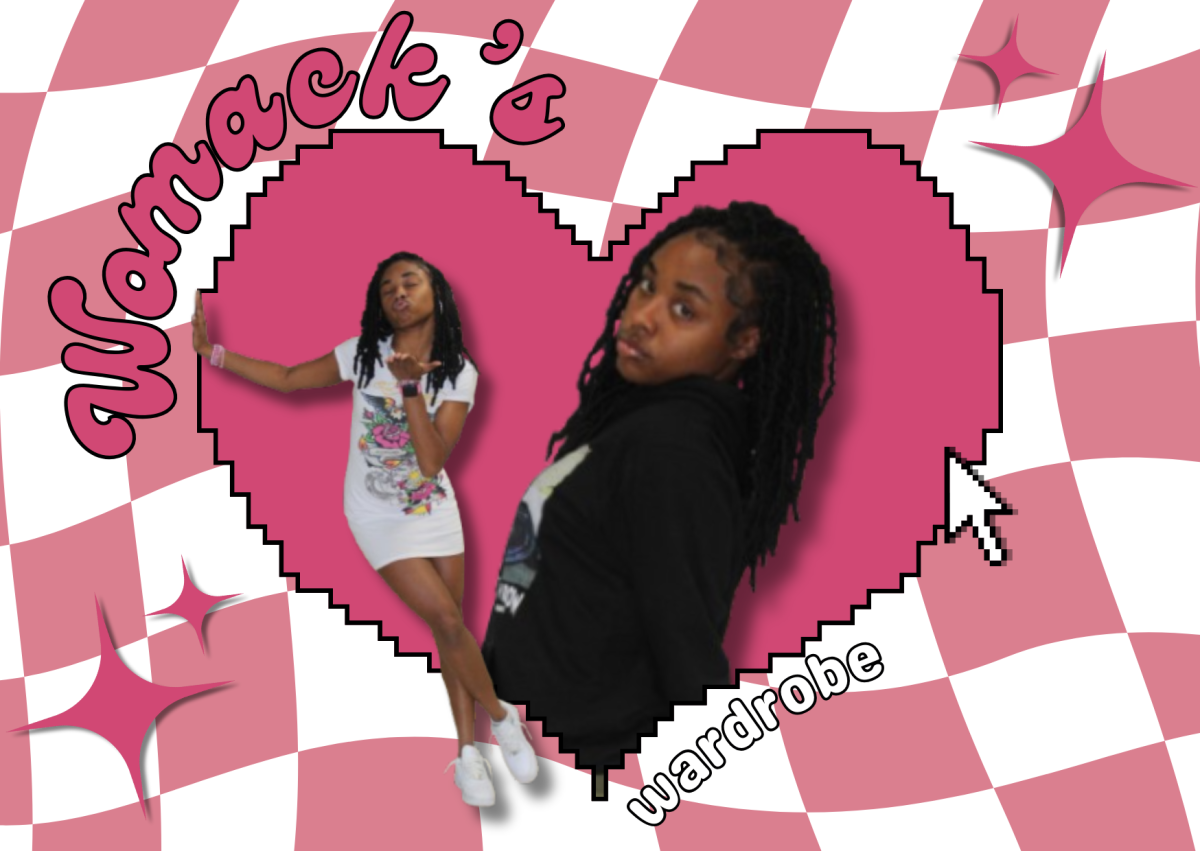
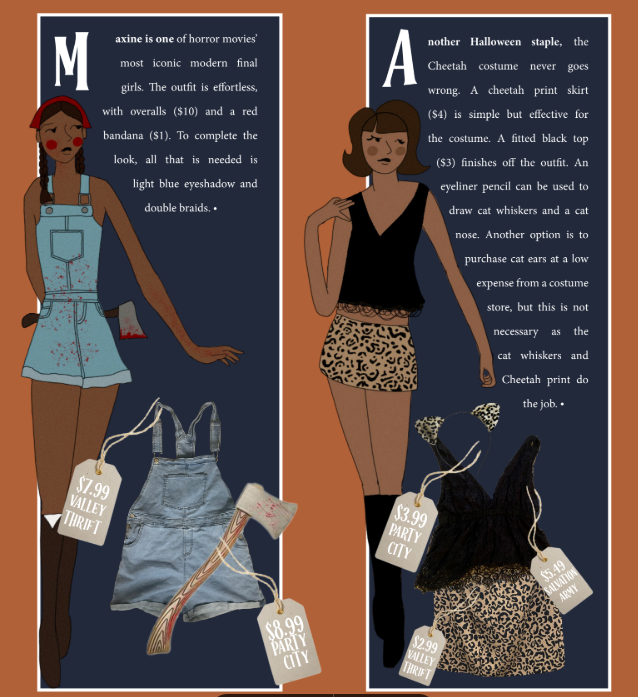
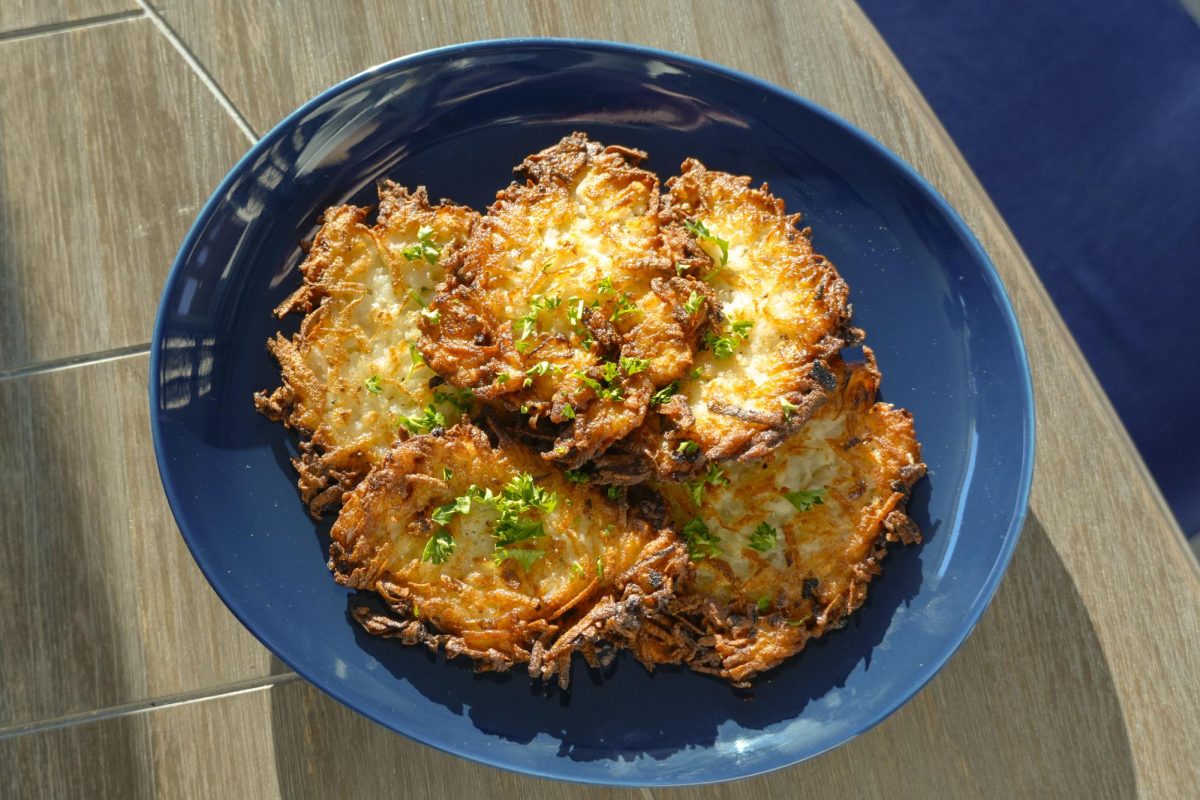
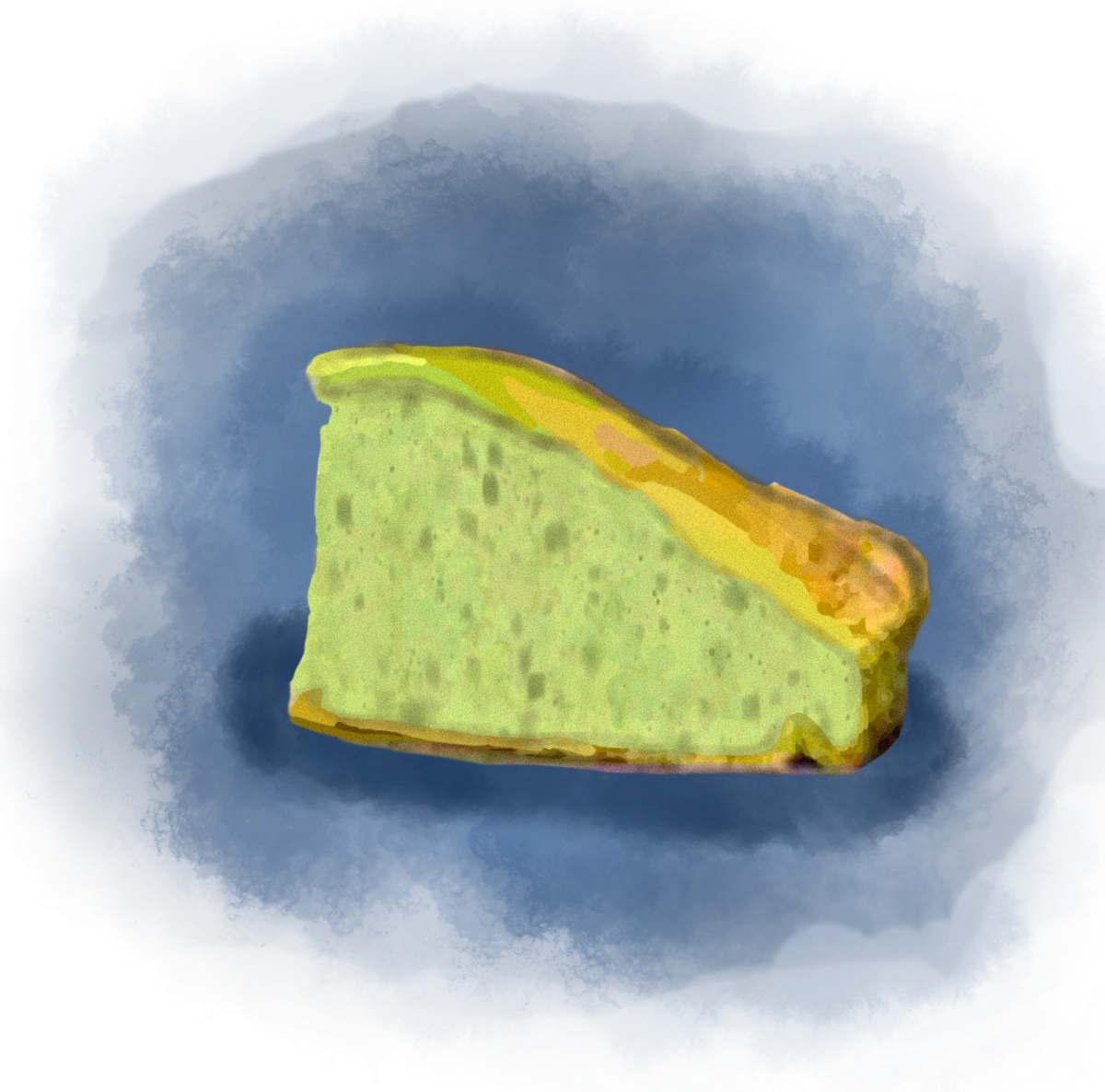

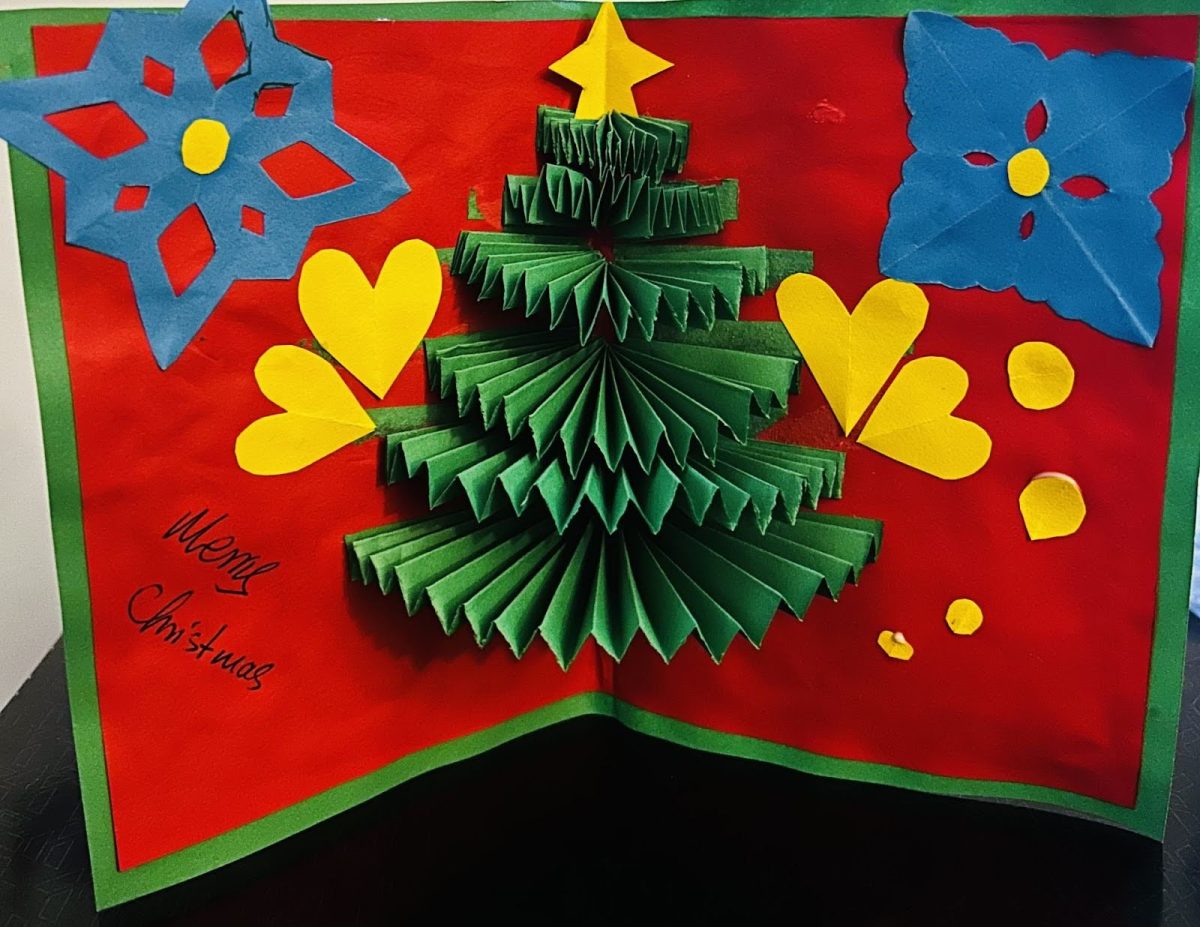
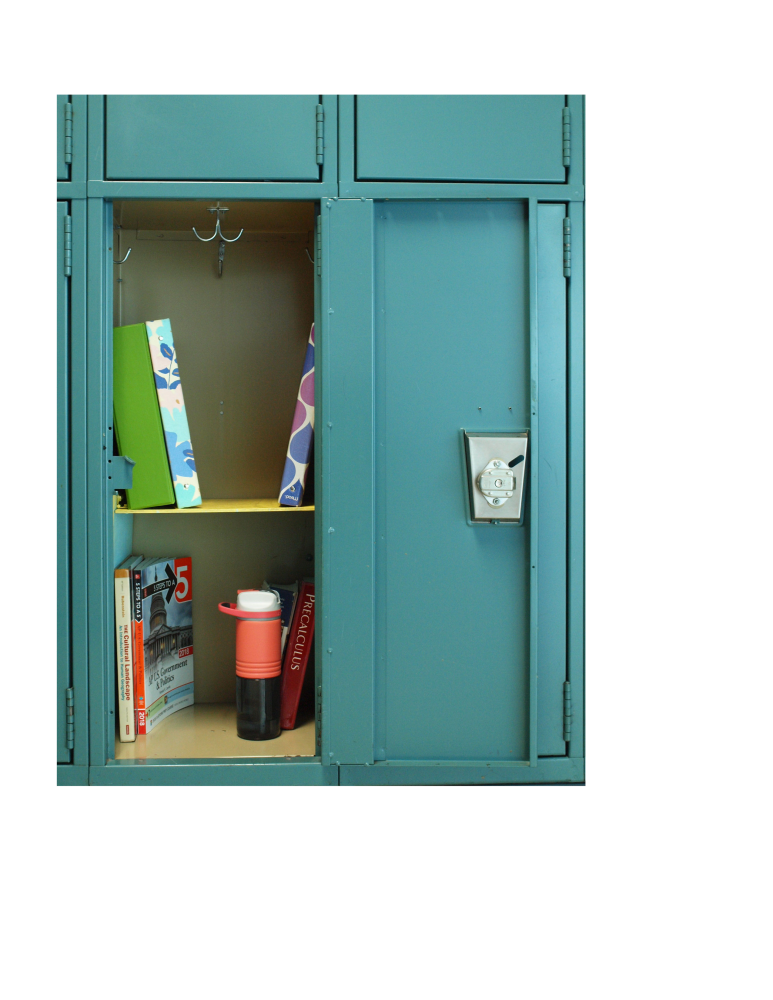

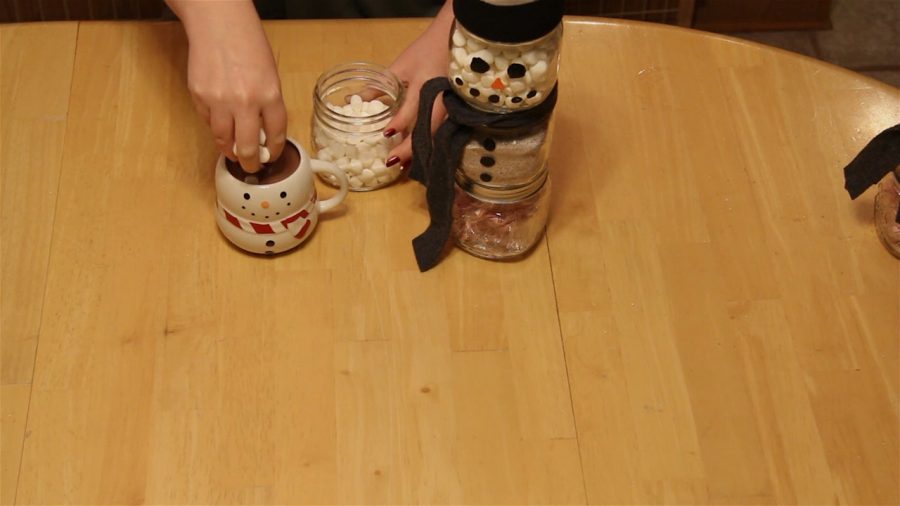
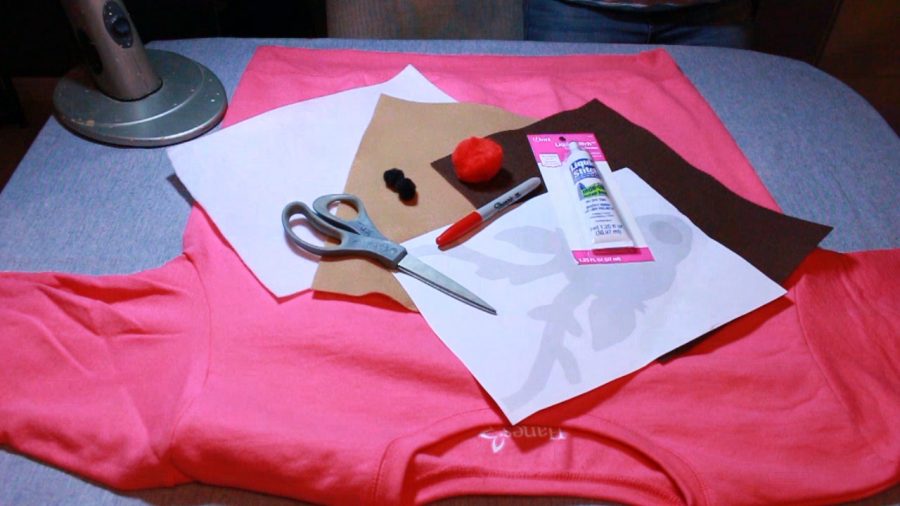
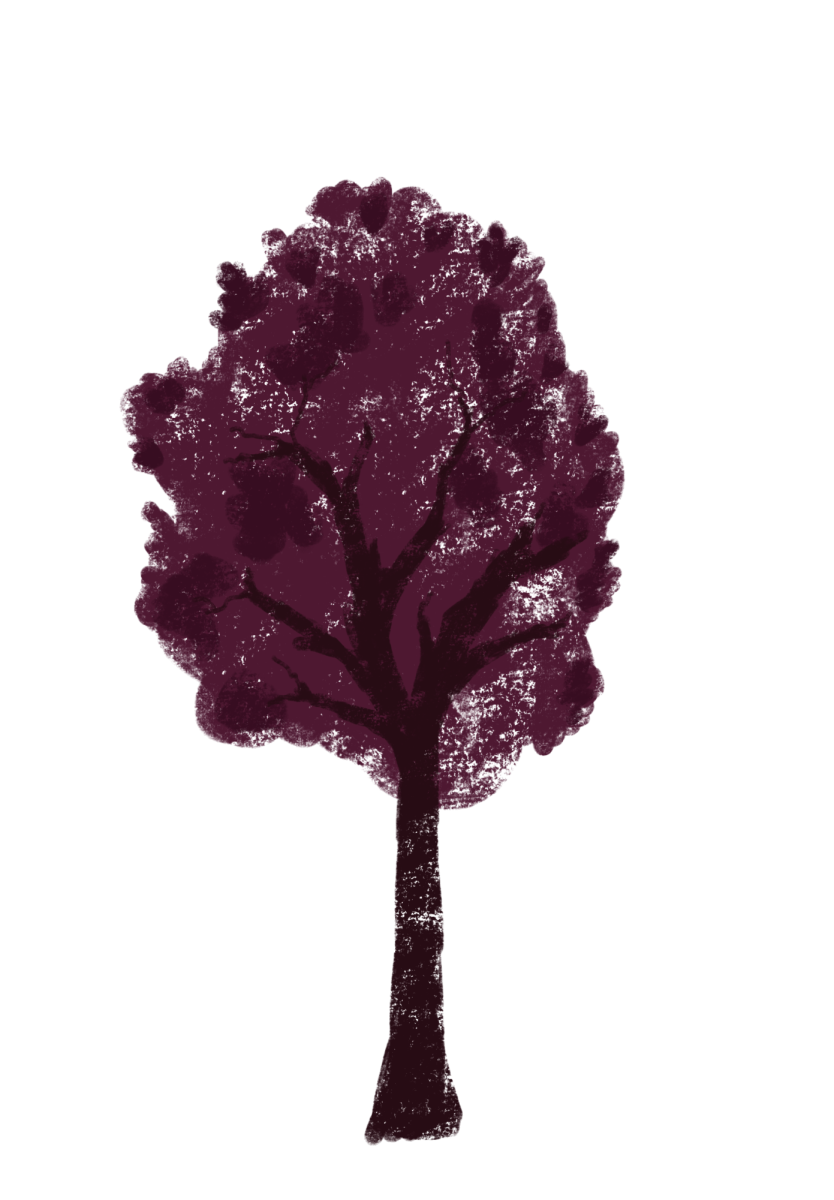
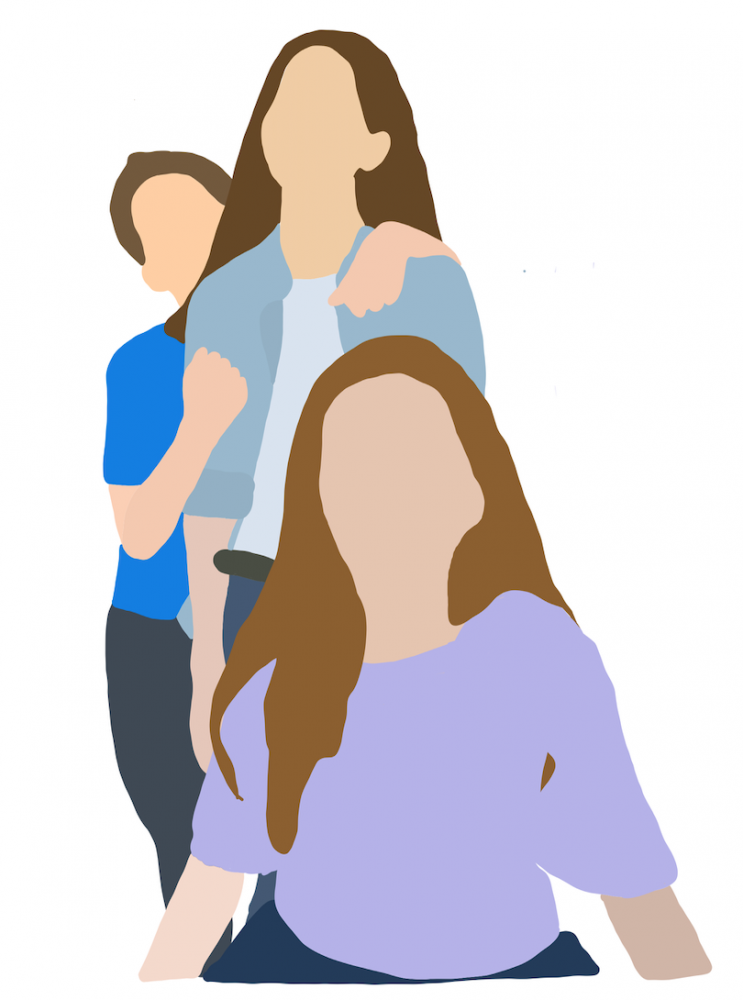
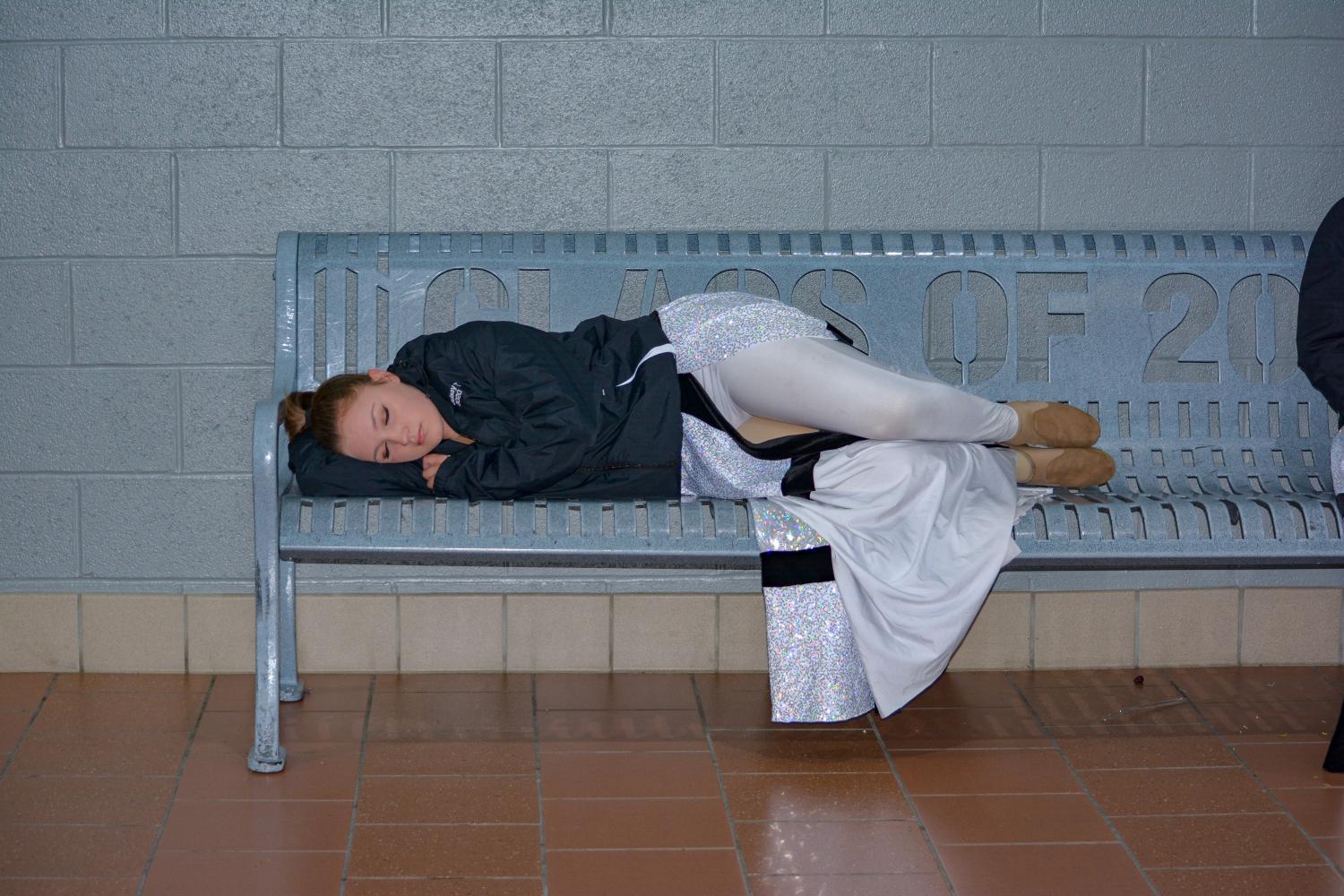
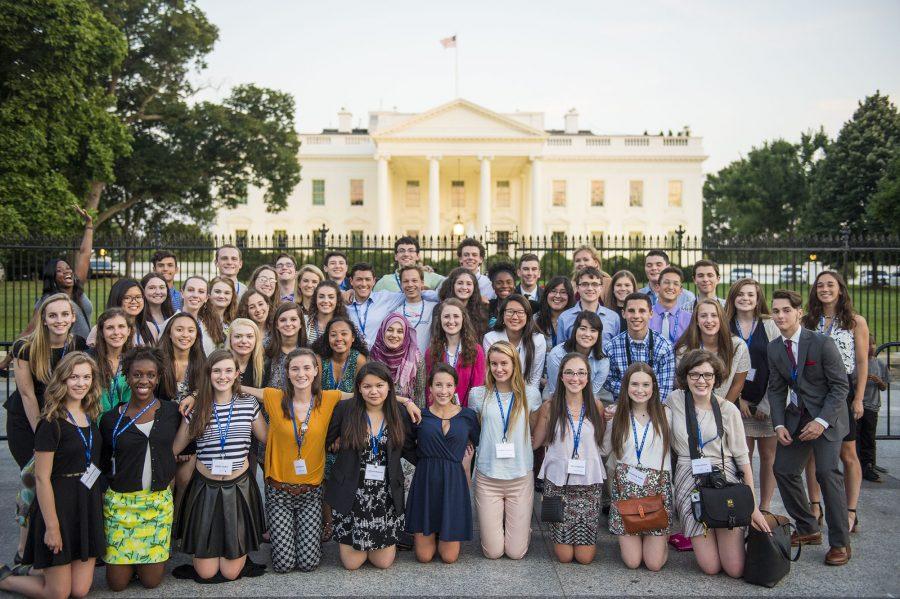
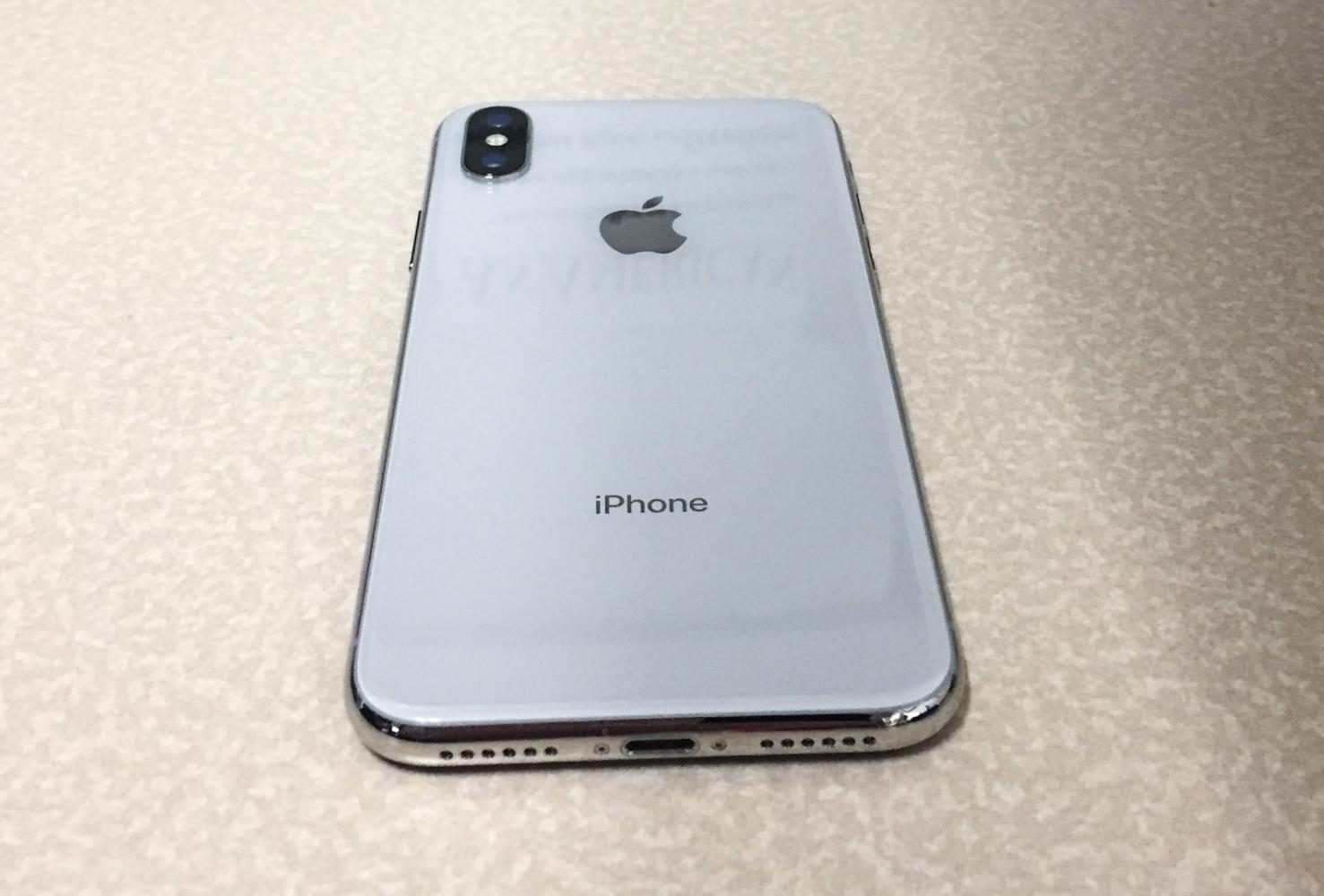
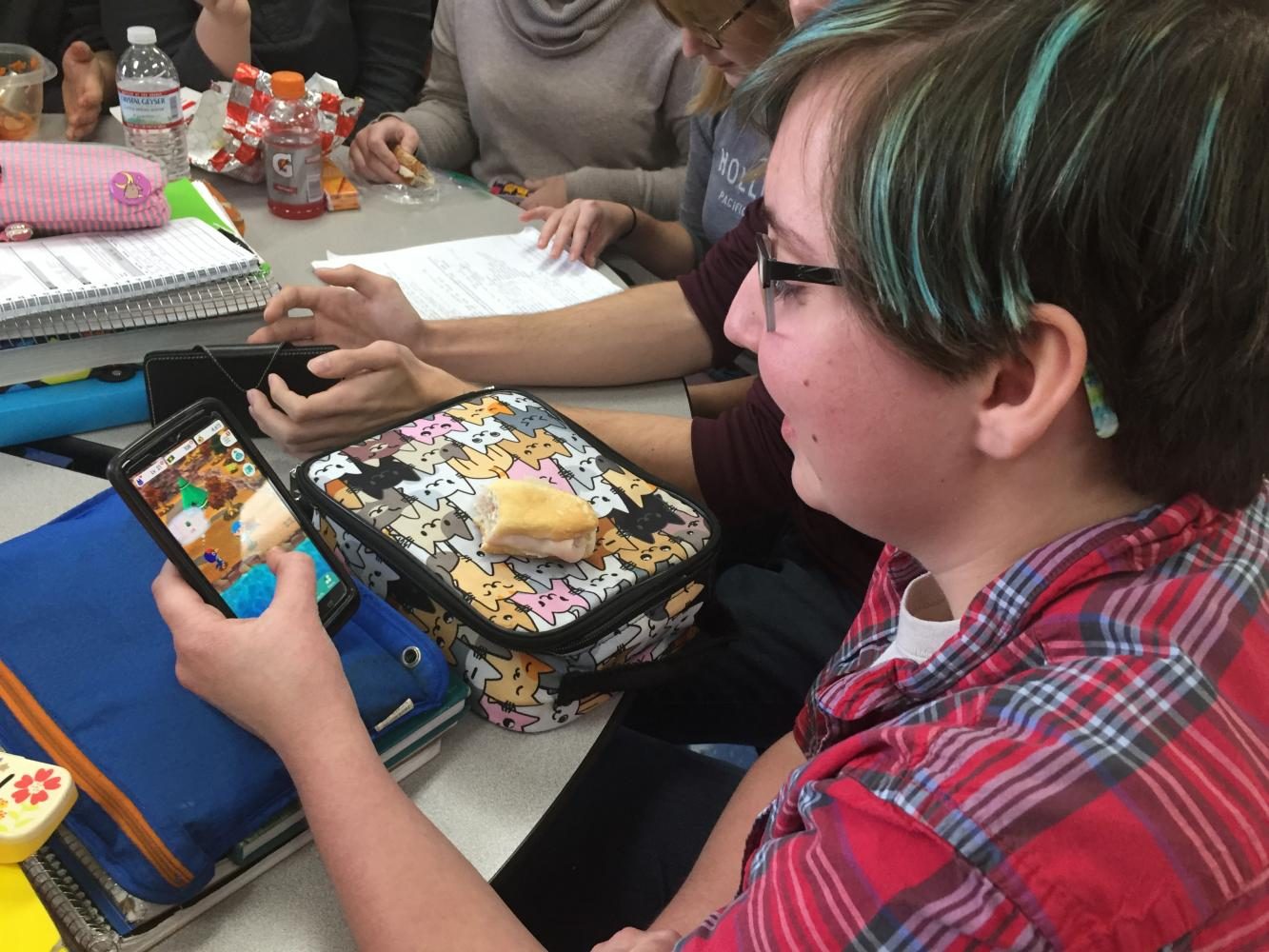
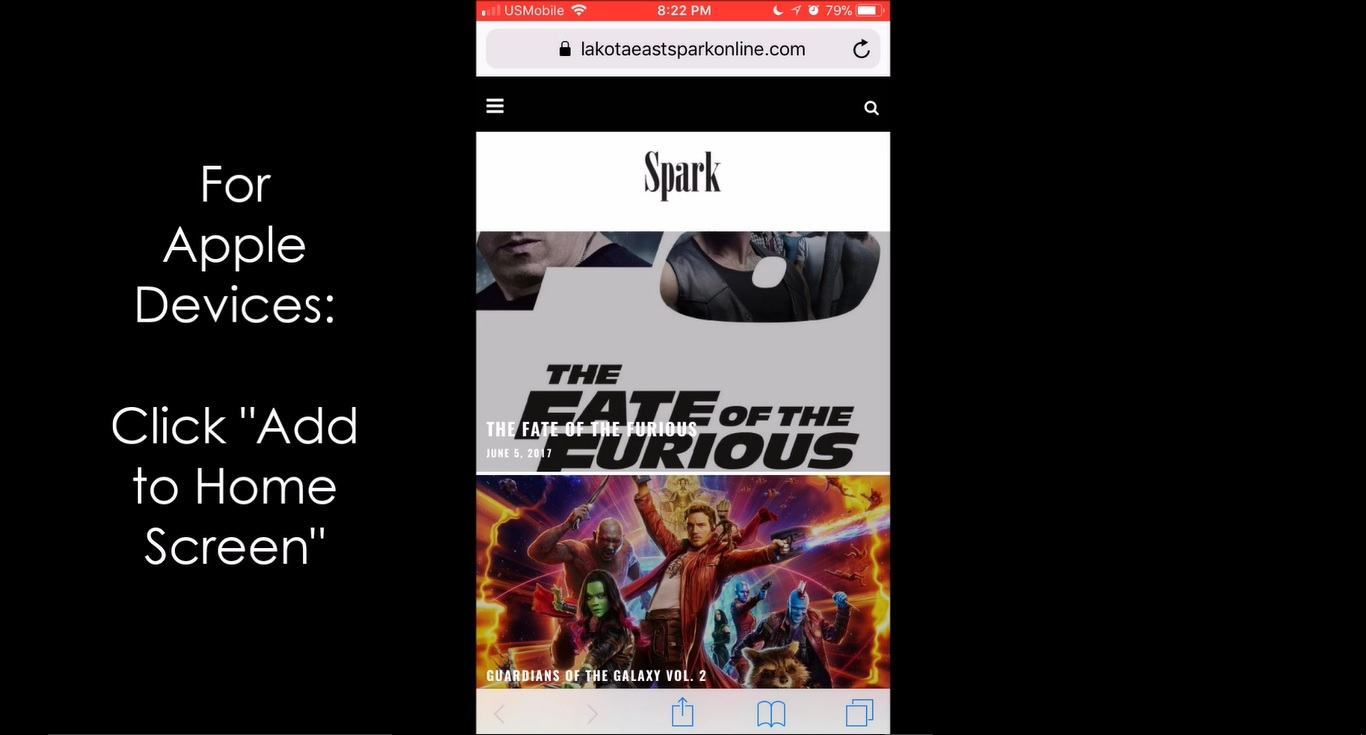
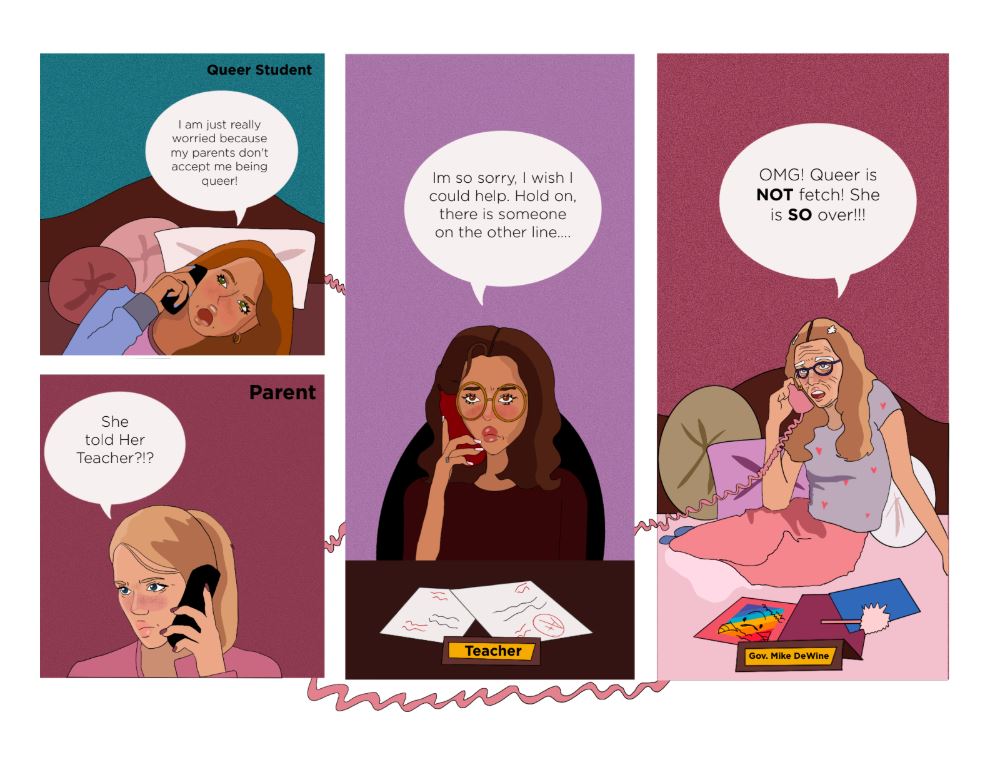
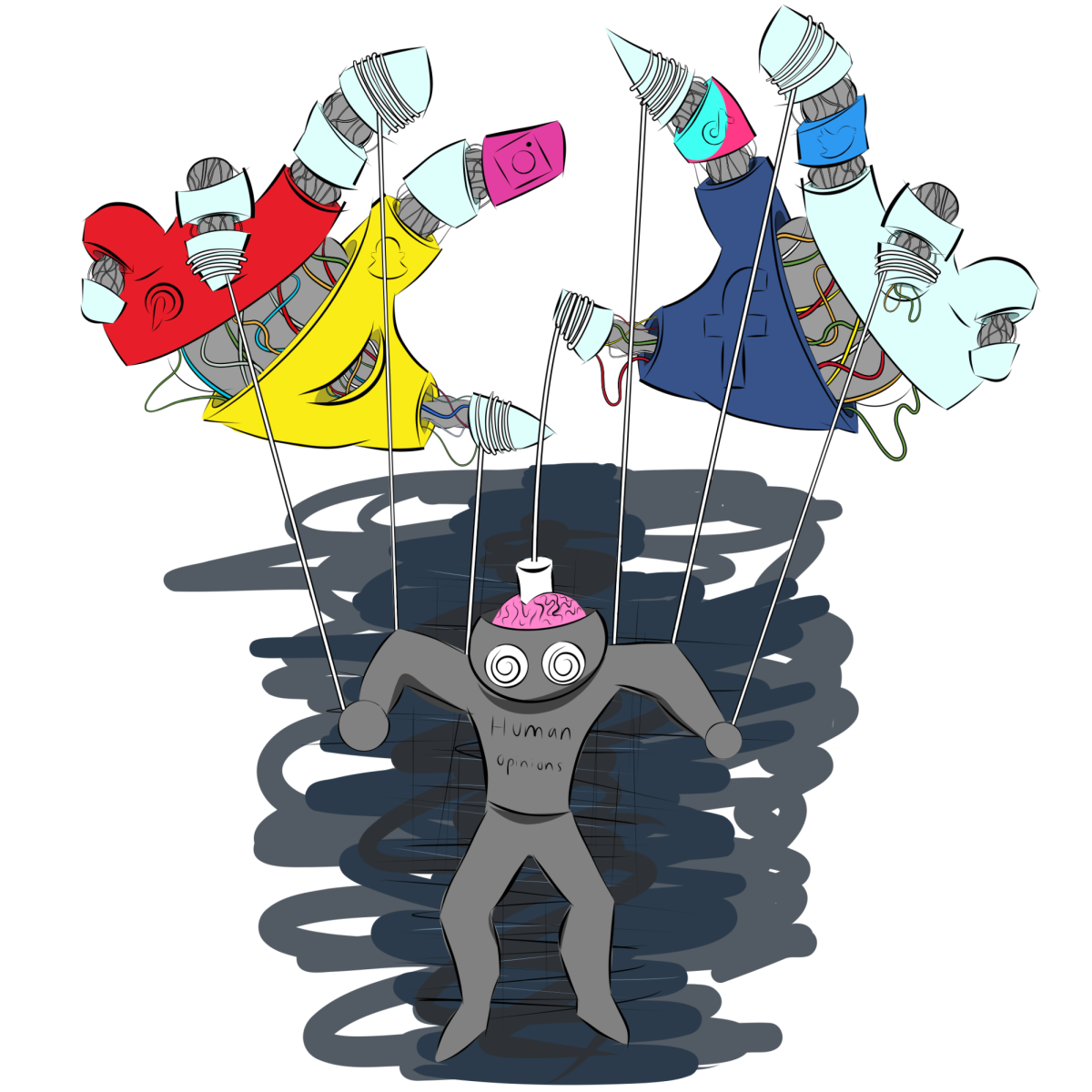
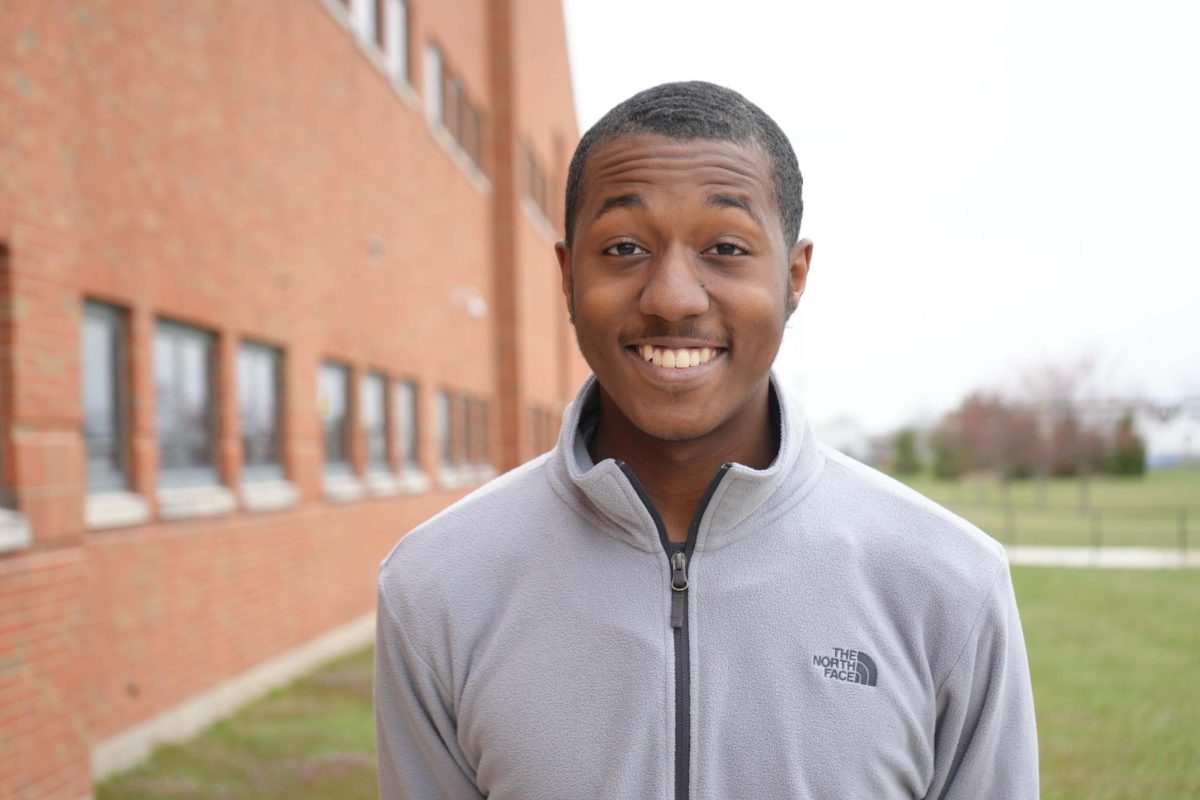
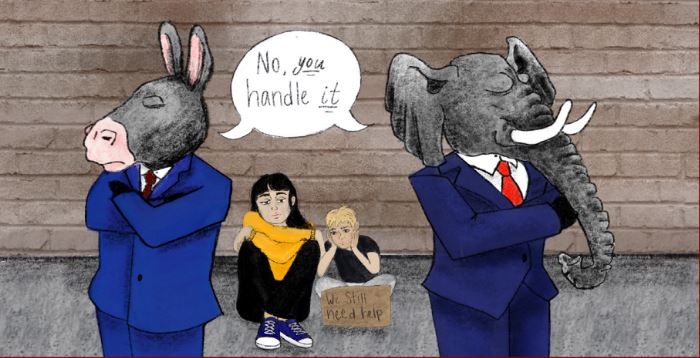
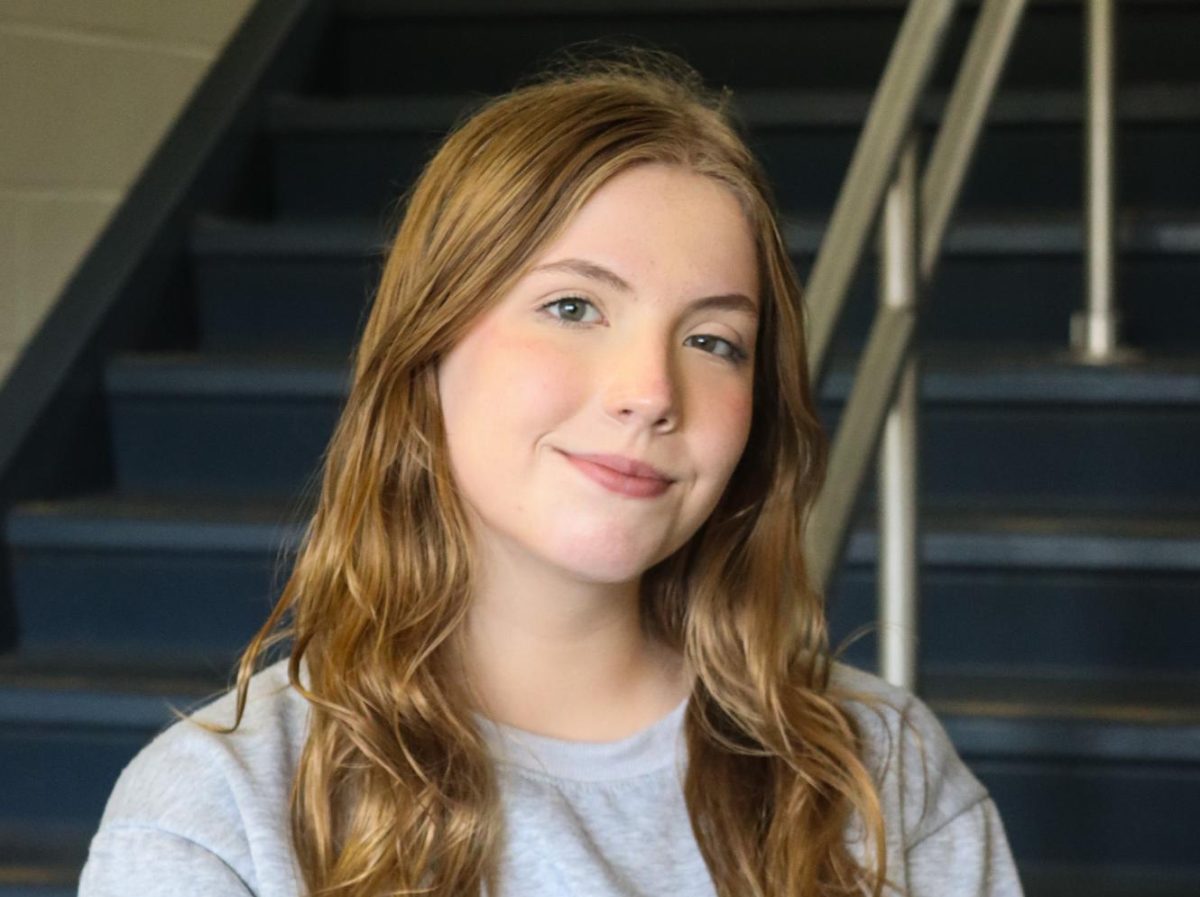
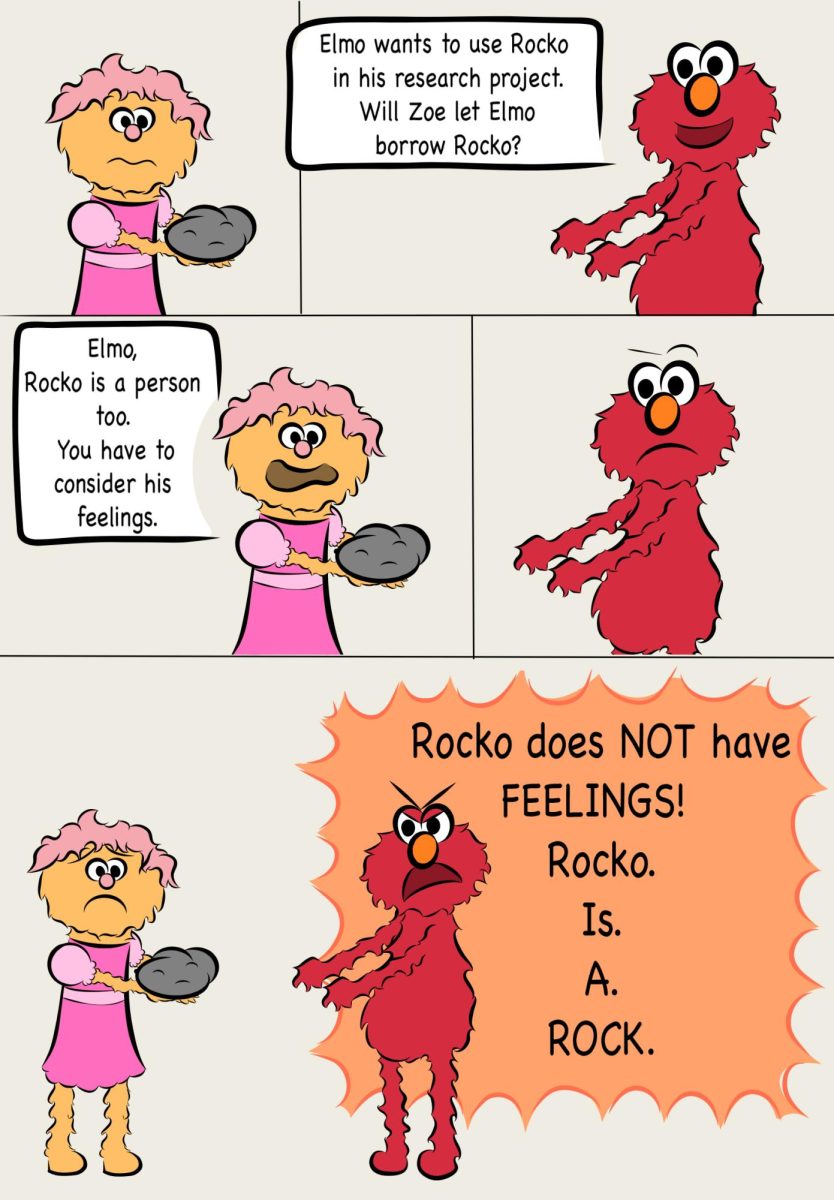
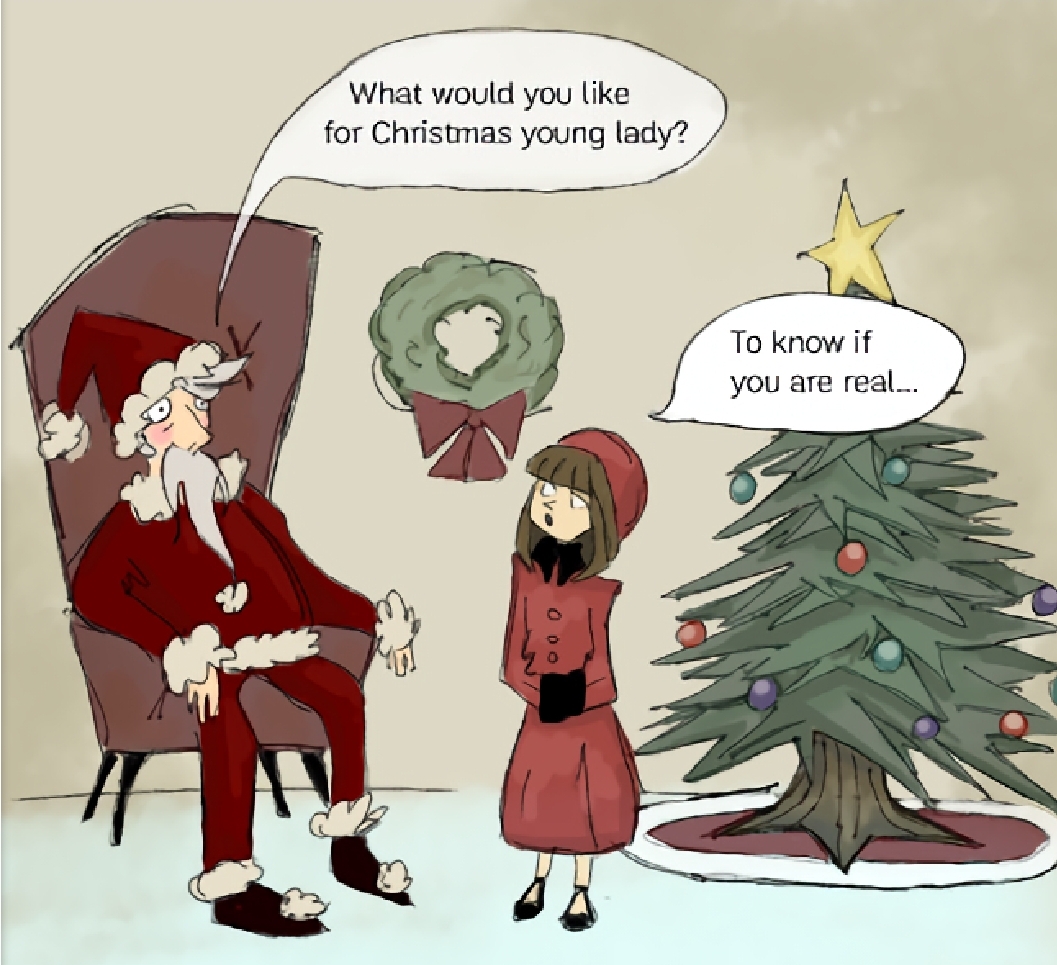
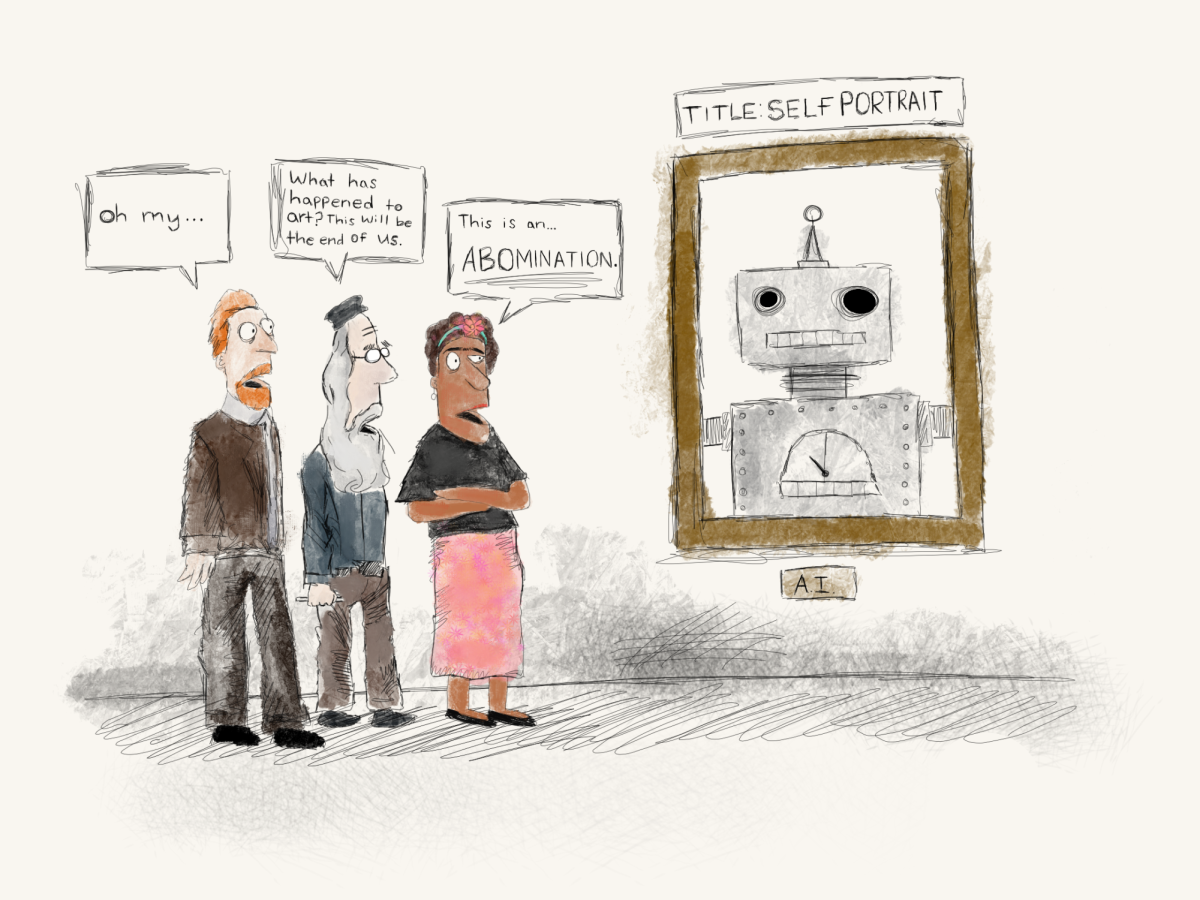
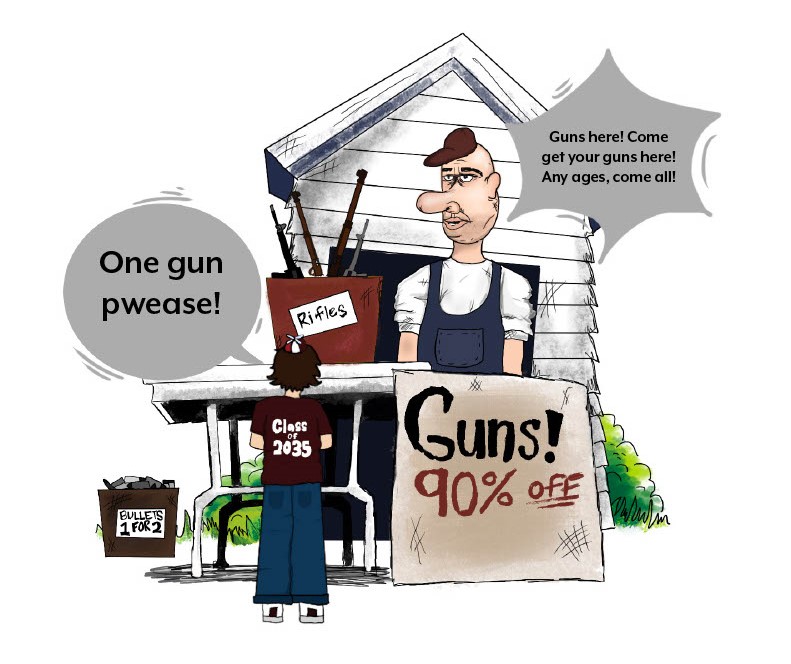
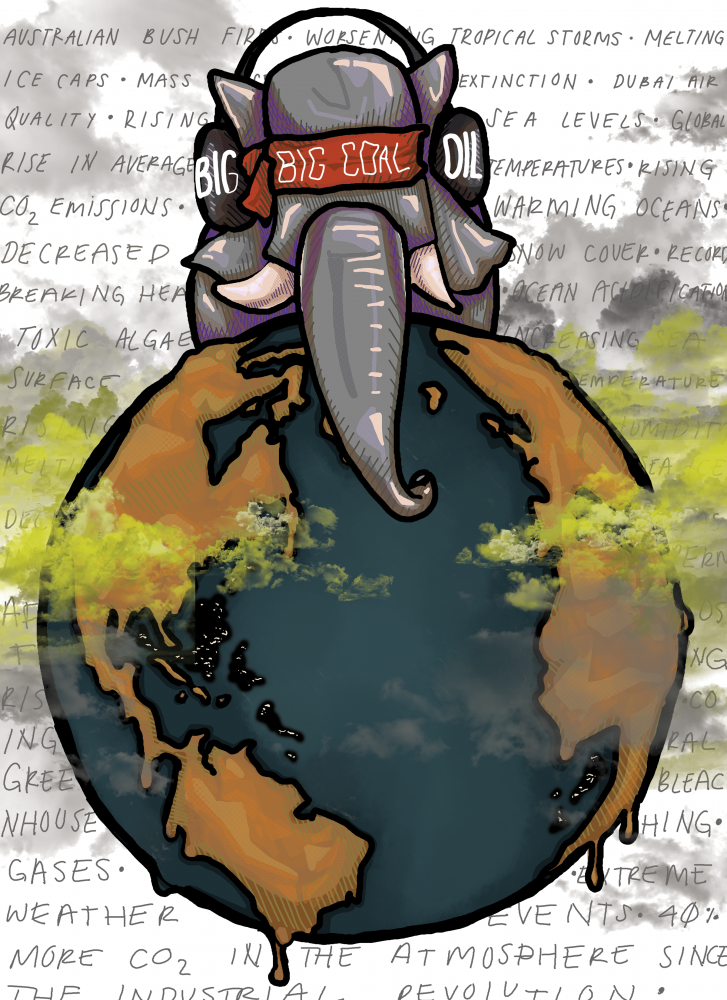
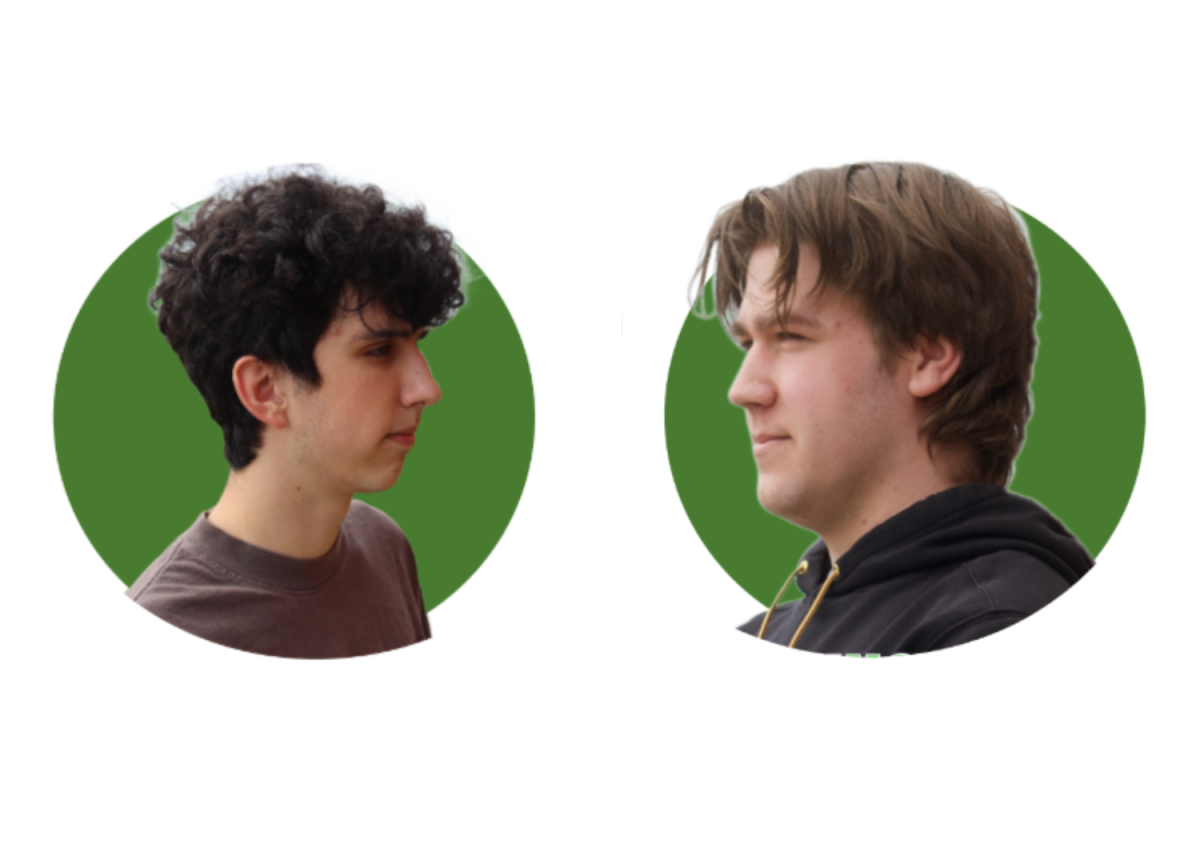
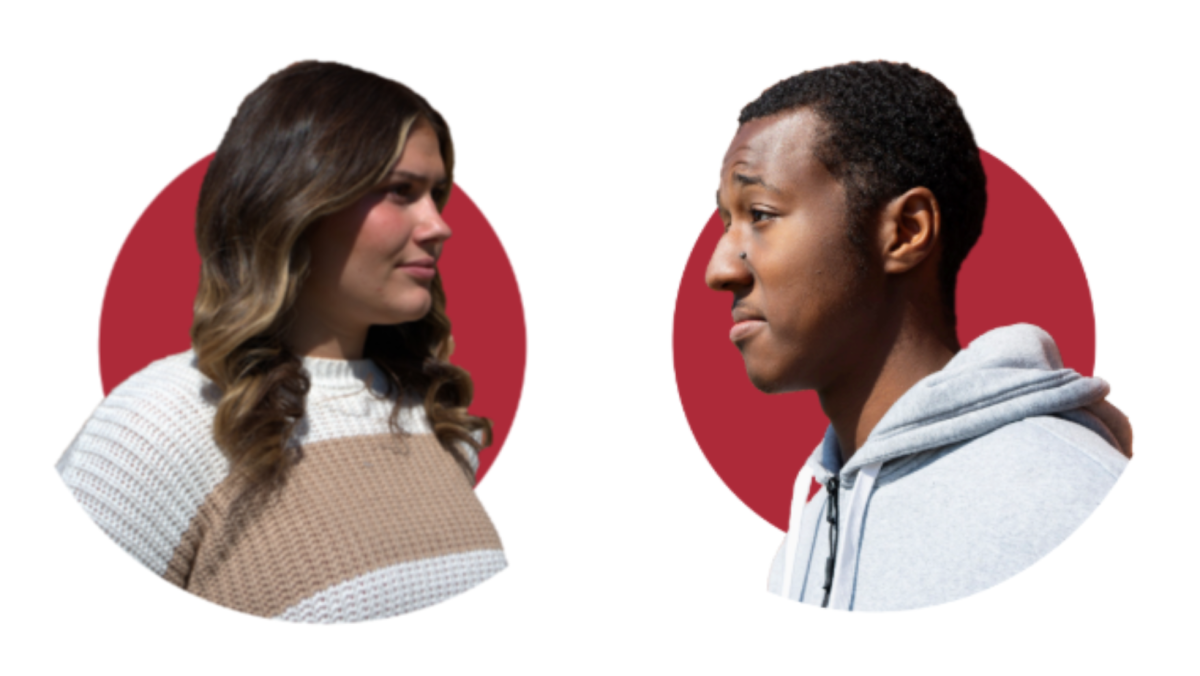
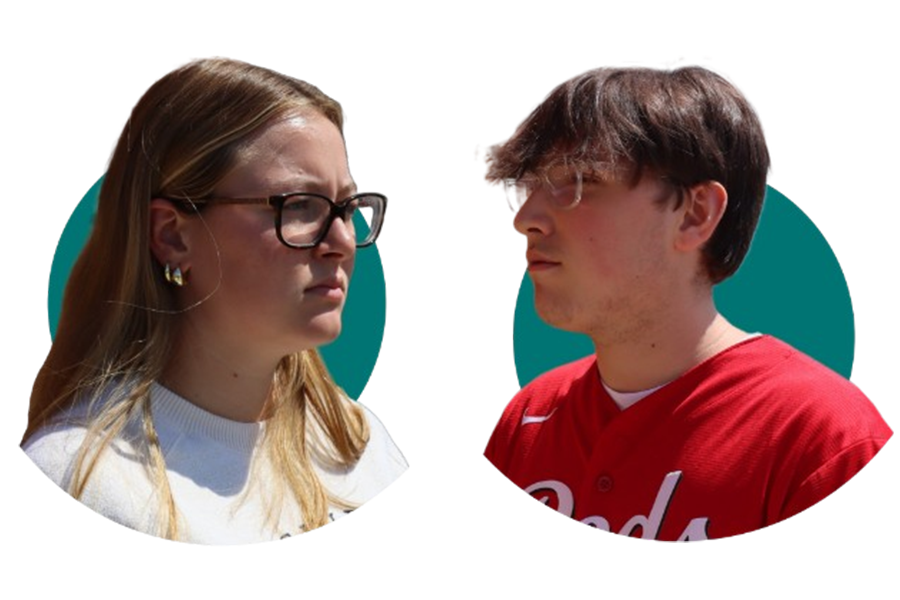
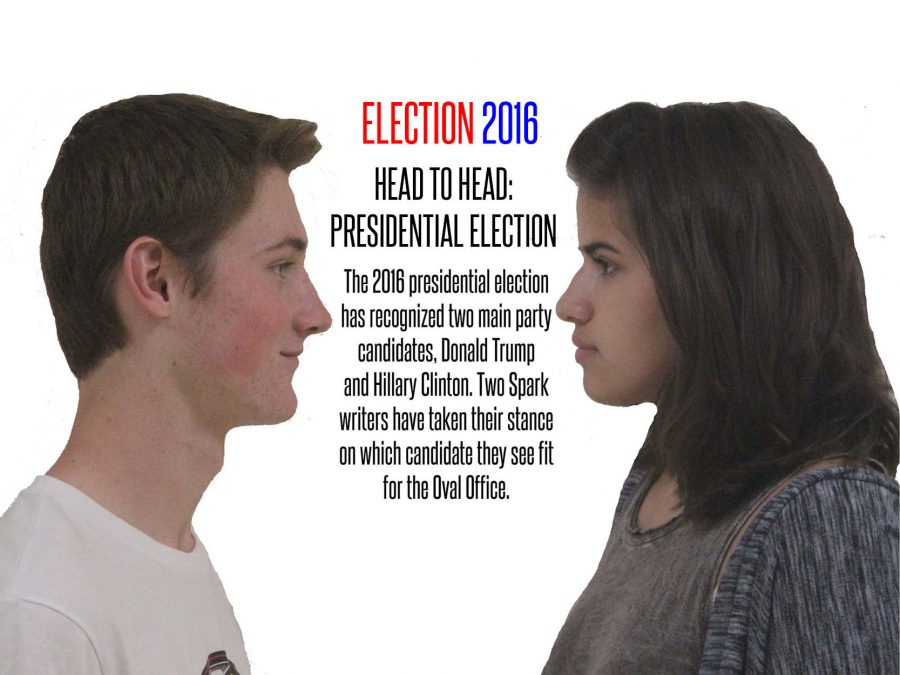

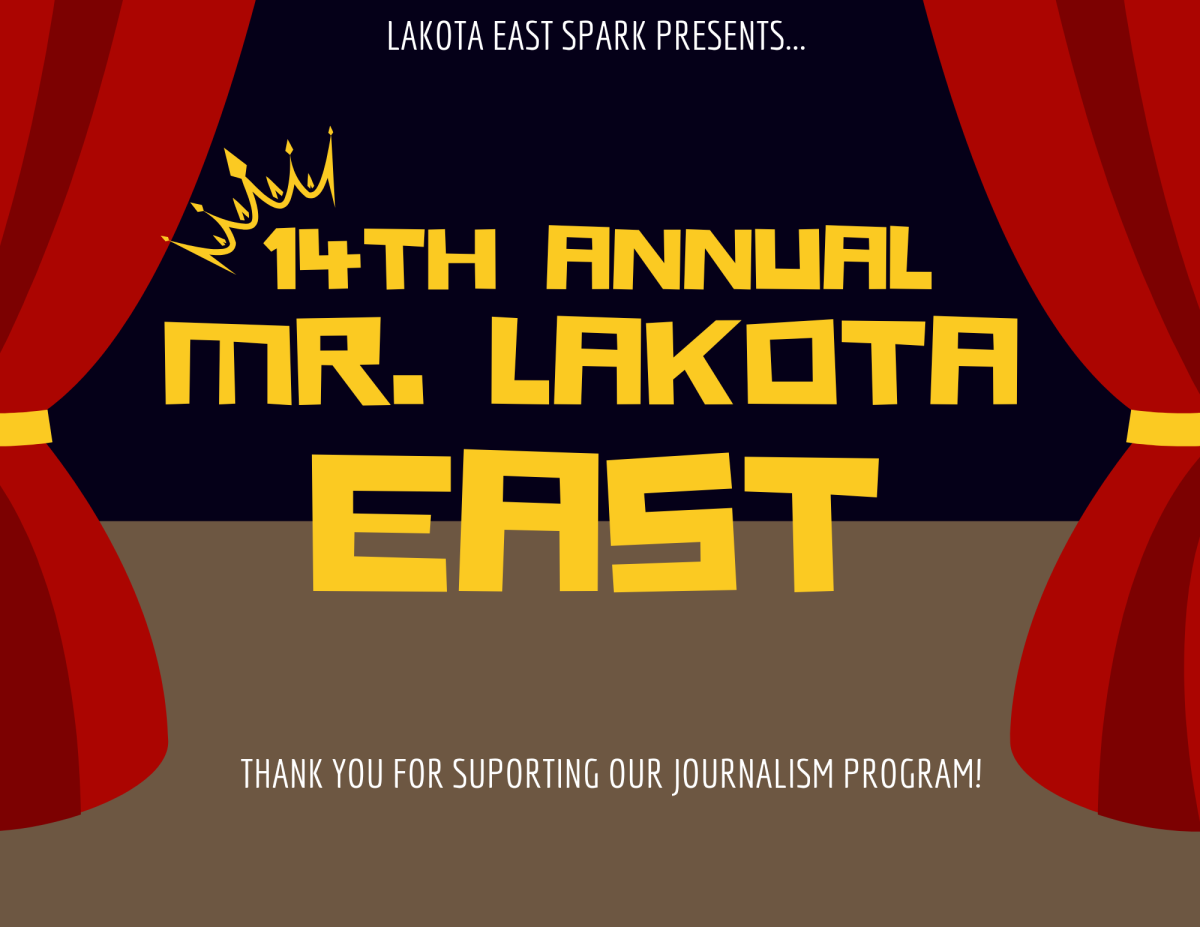
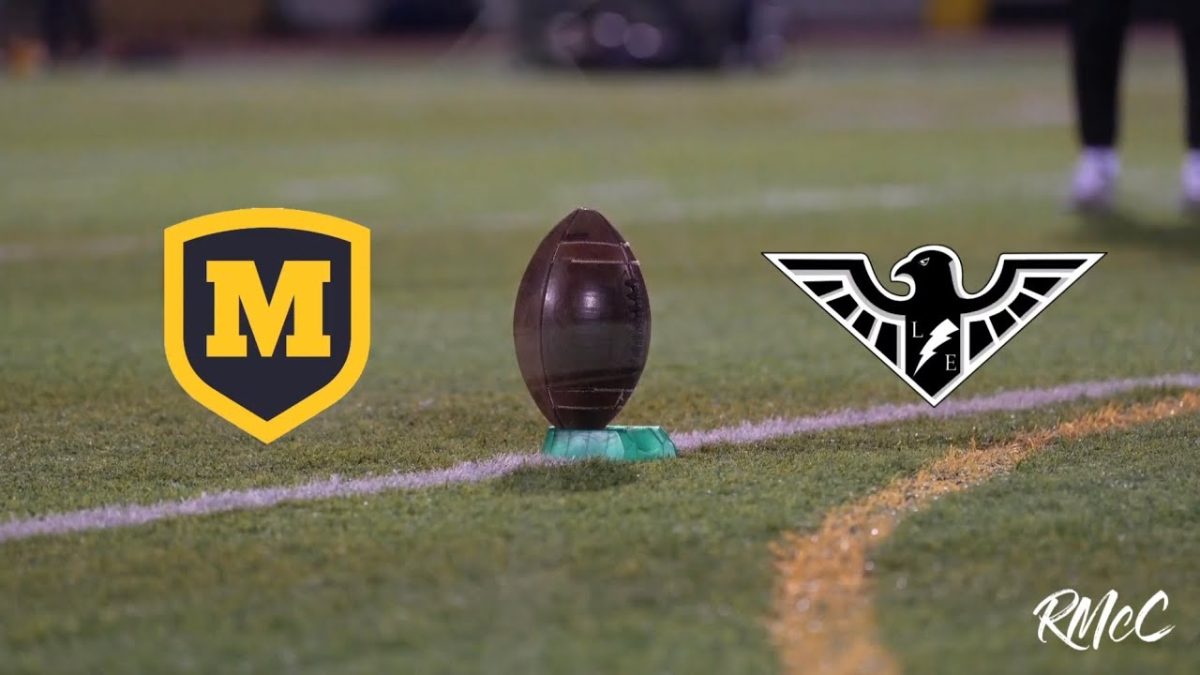


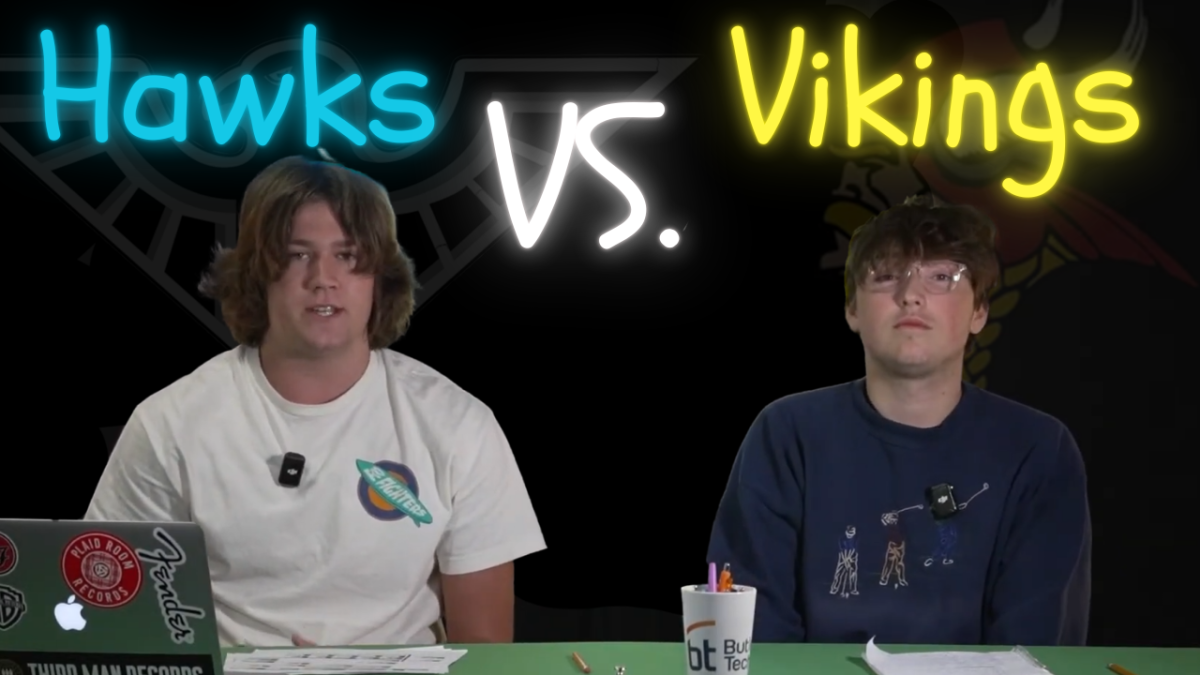
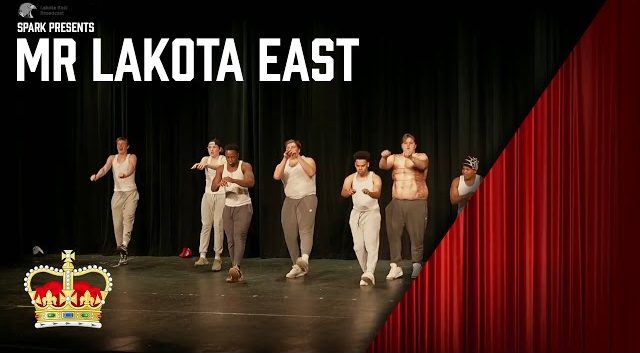

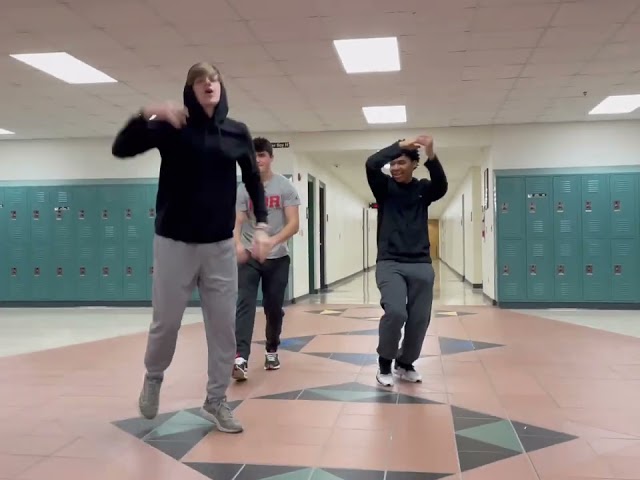
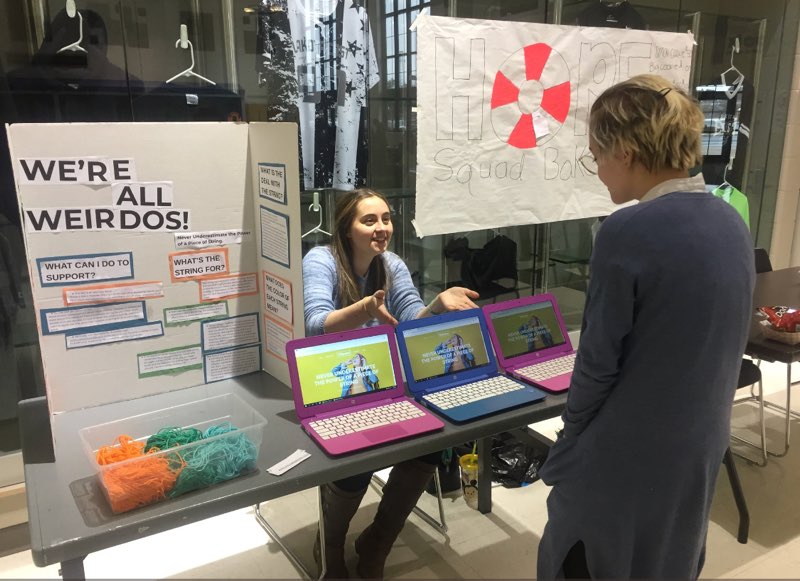
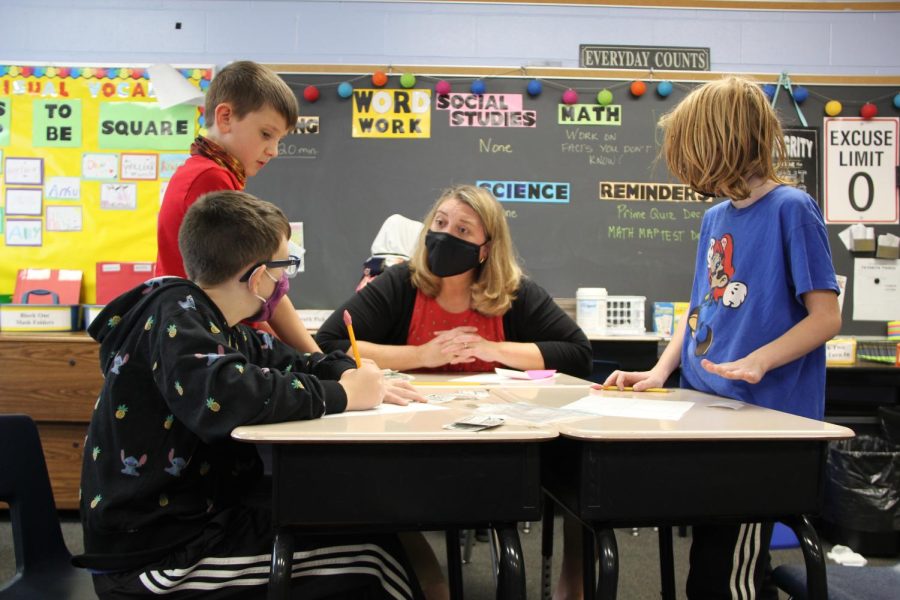
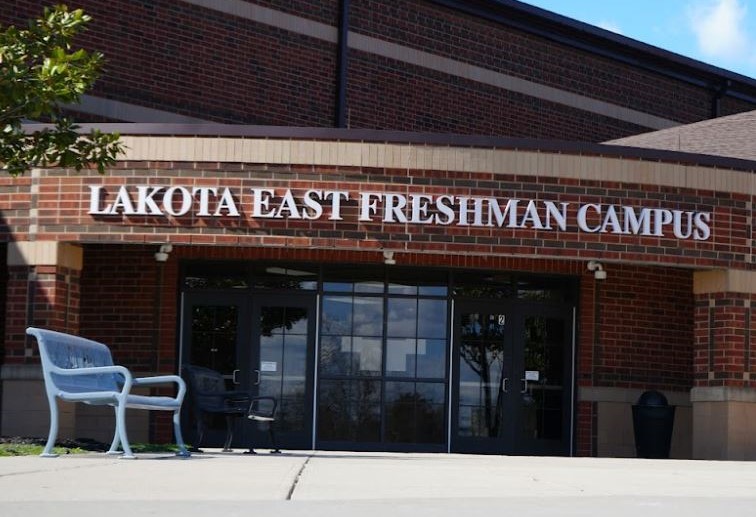
Greg Borjas • Jun 13, 2019 at 10:44 pm
Way to go Olivia!